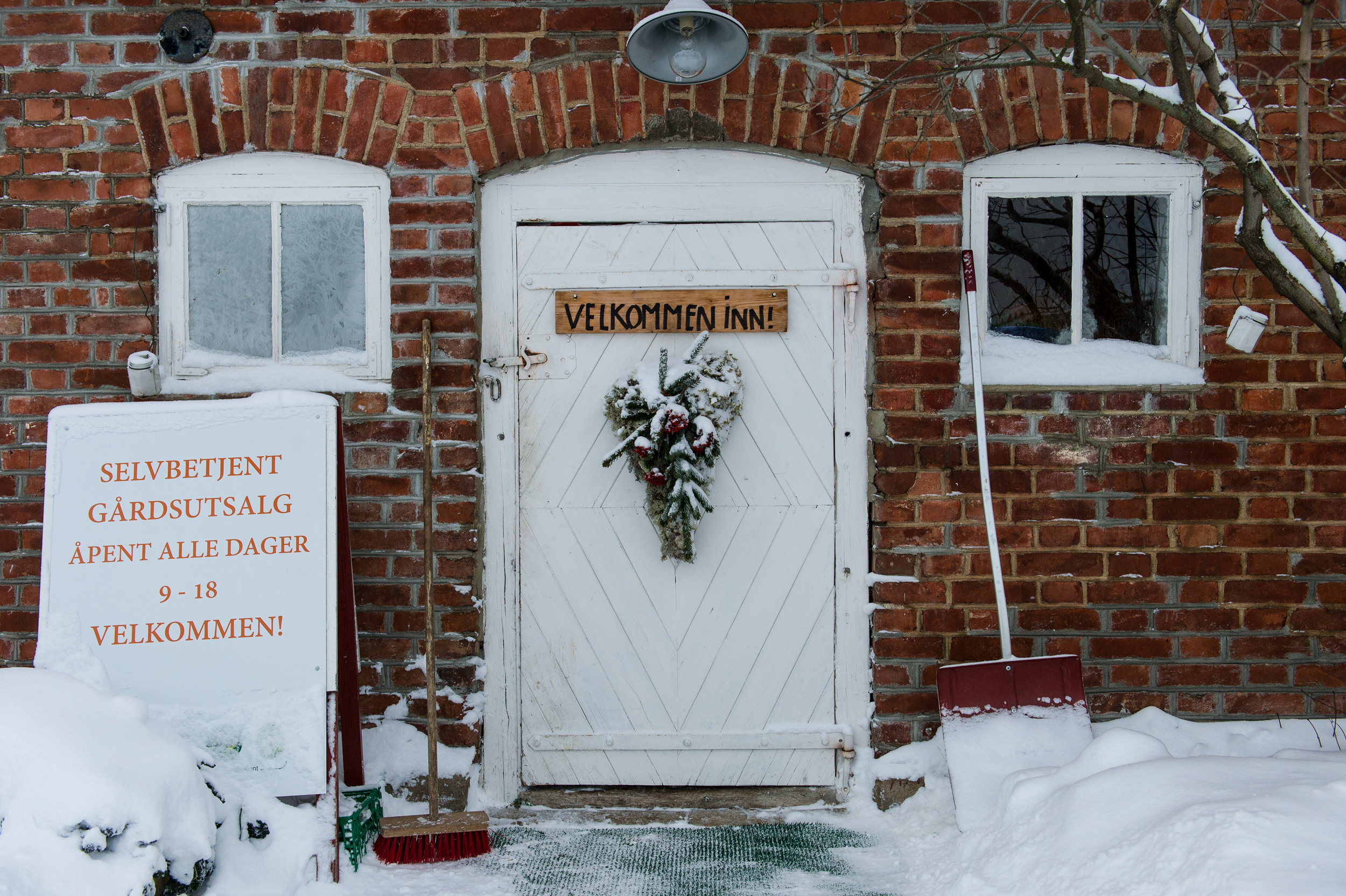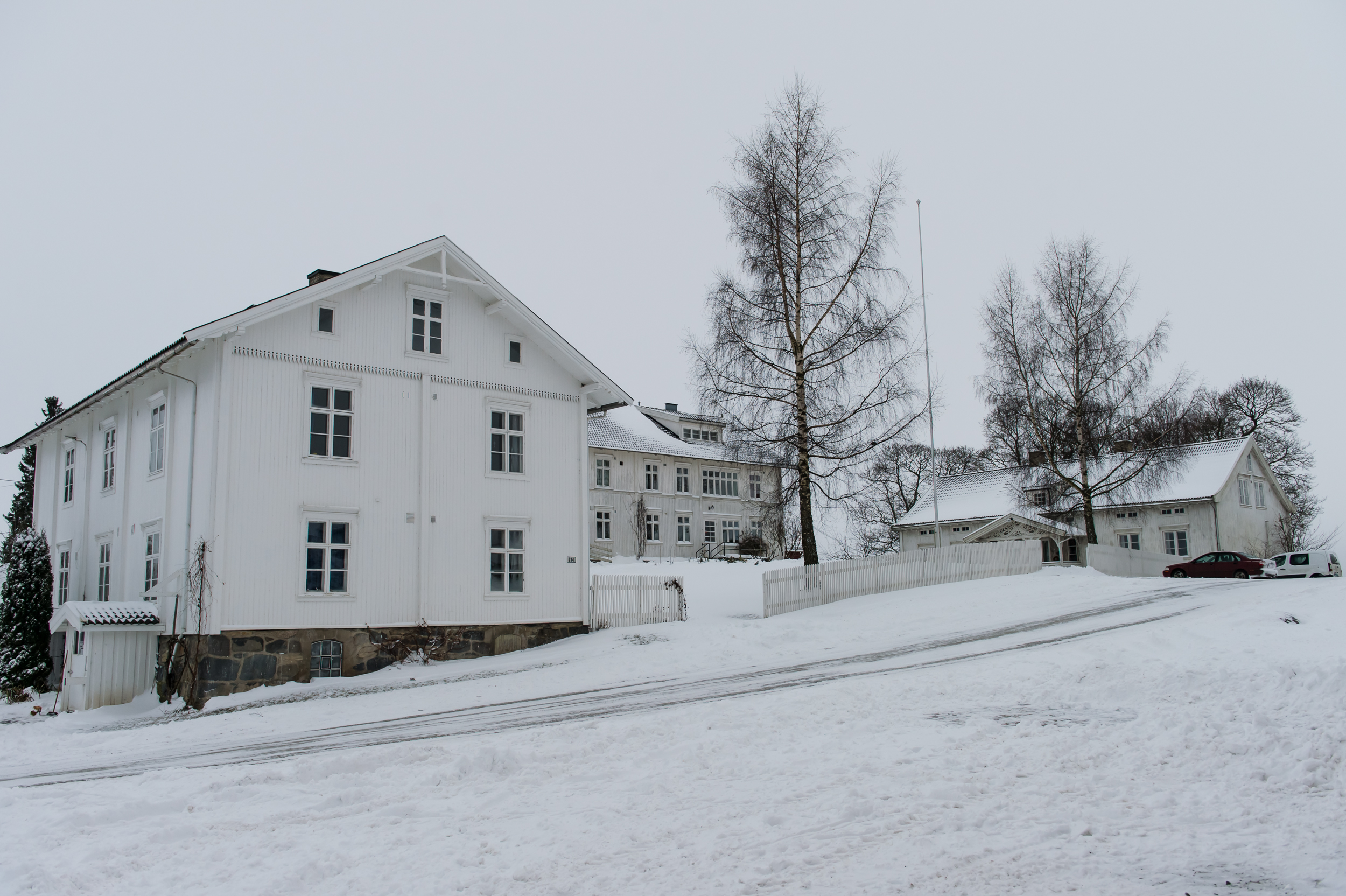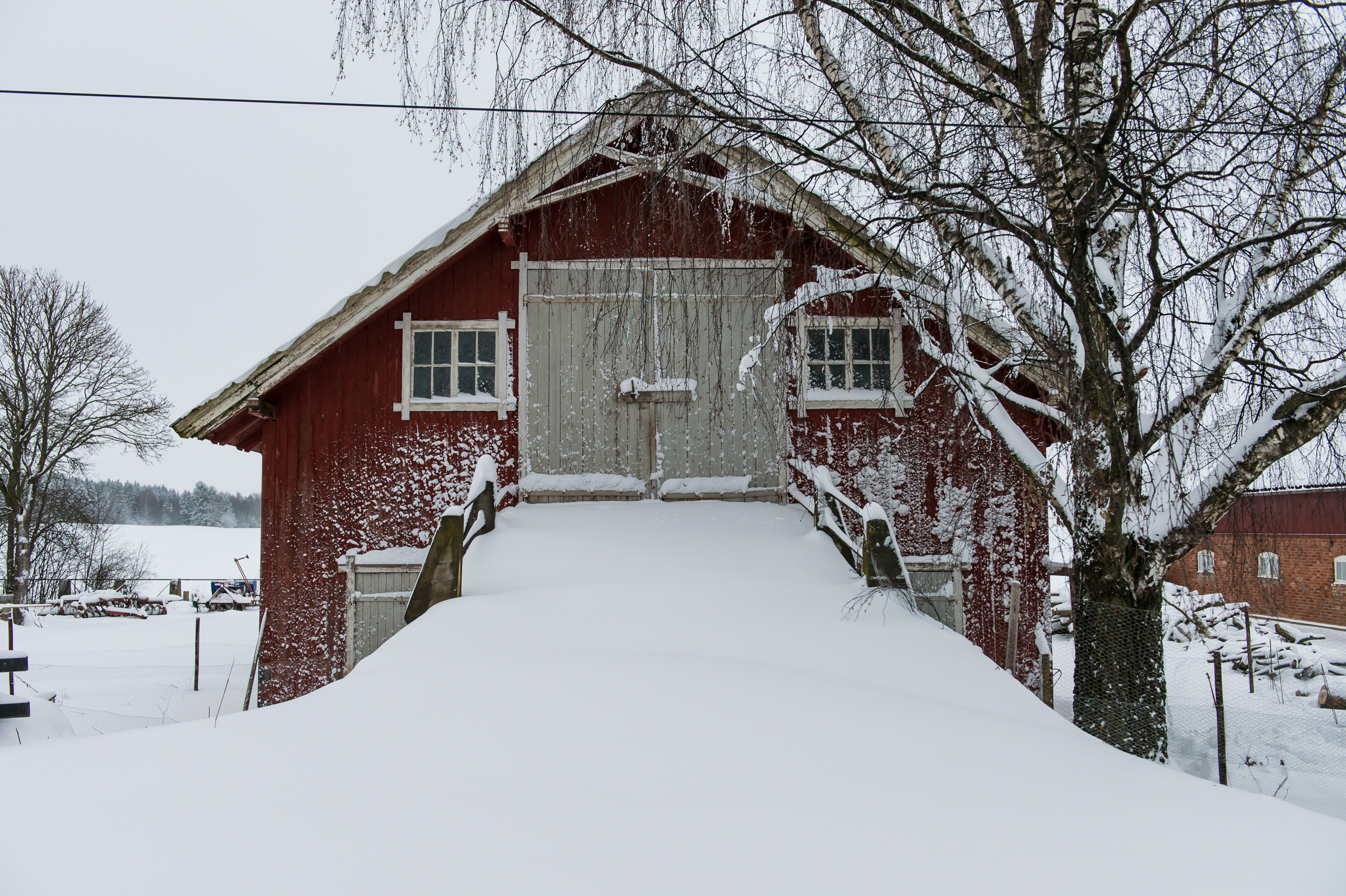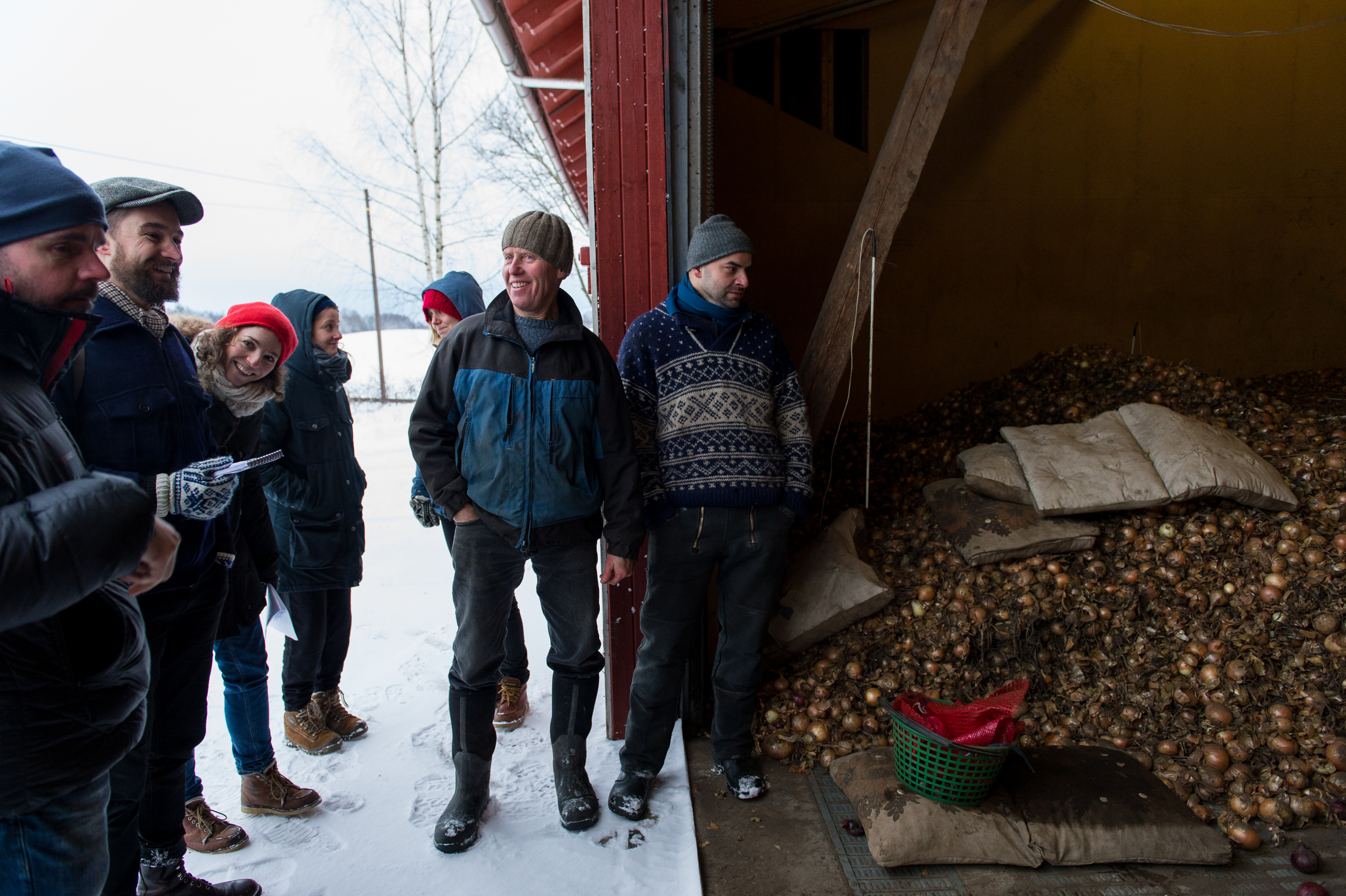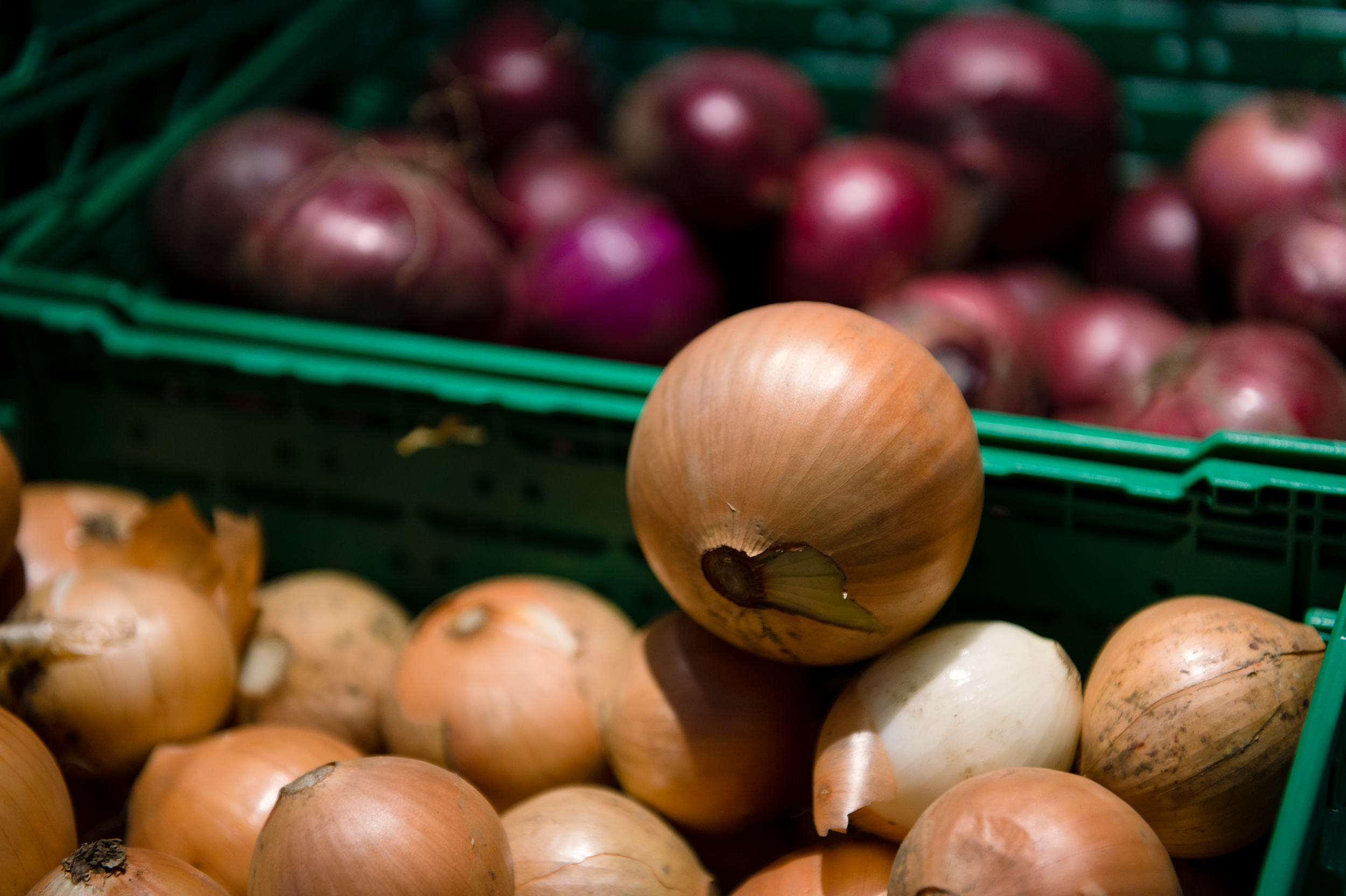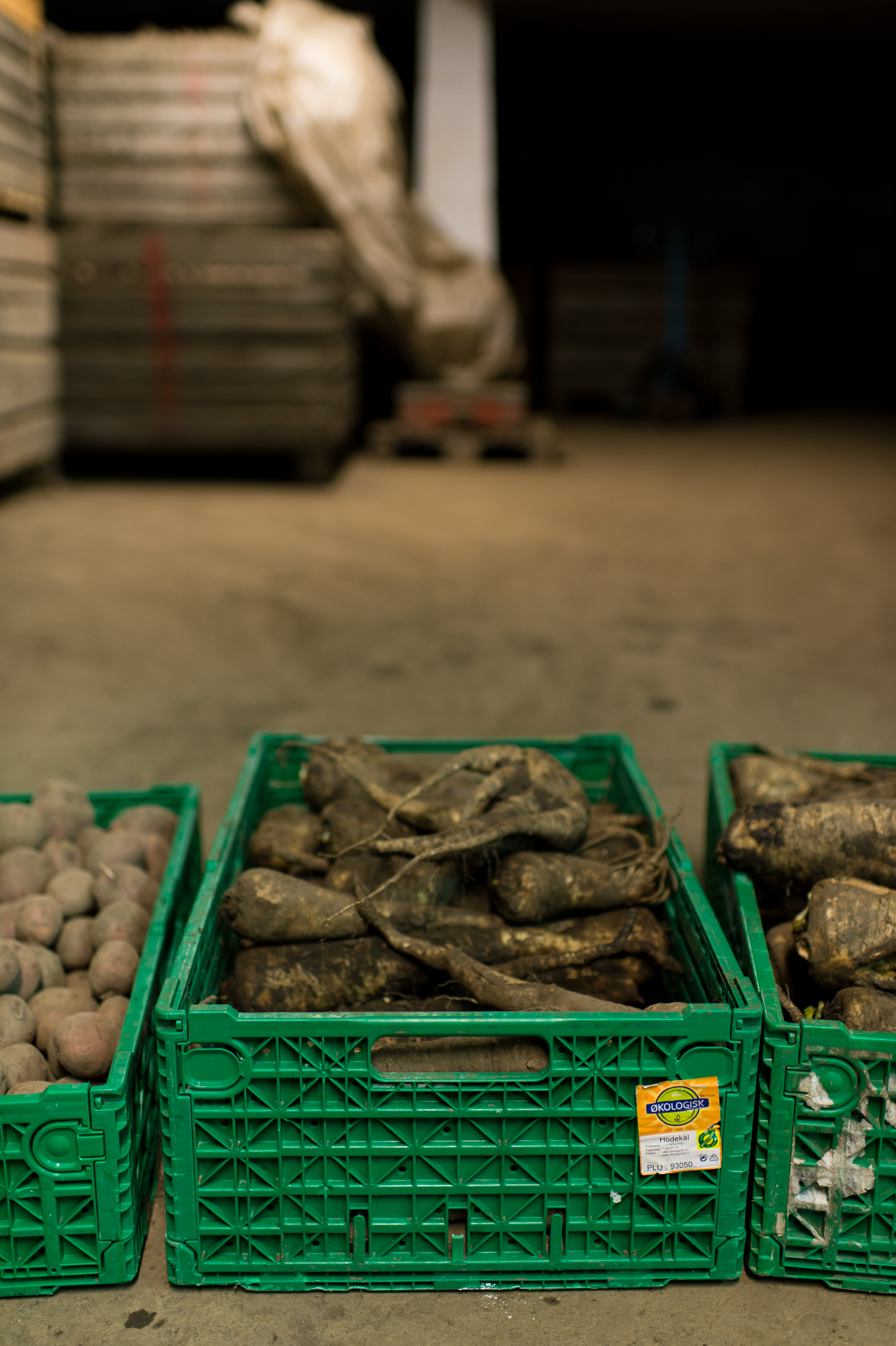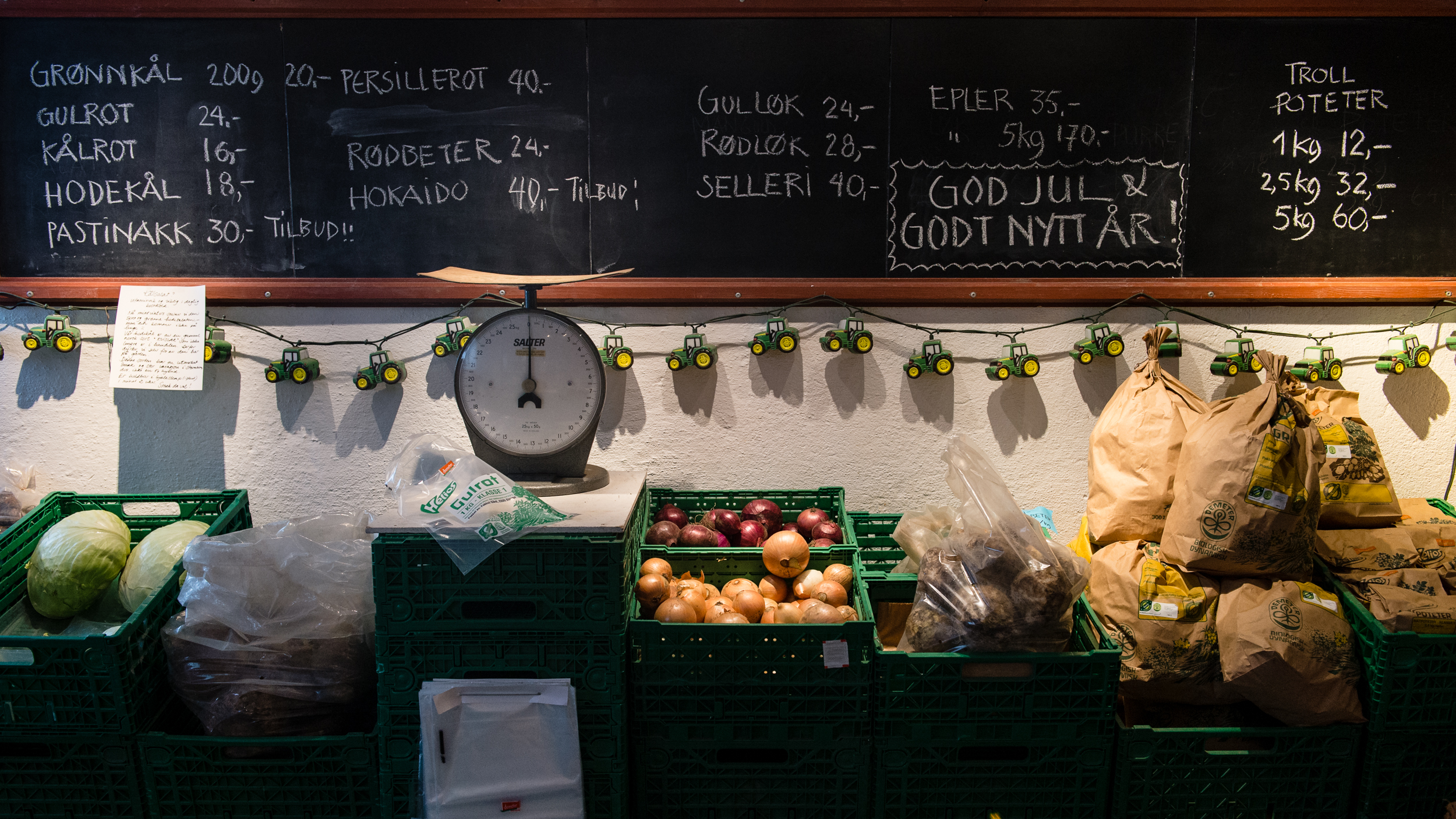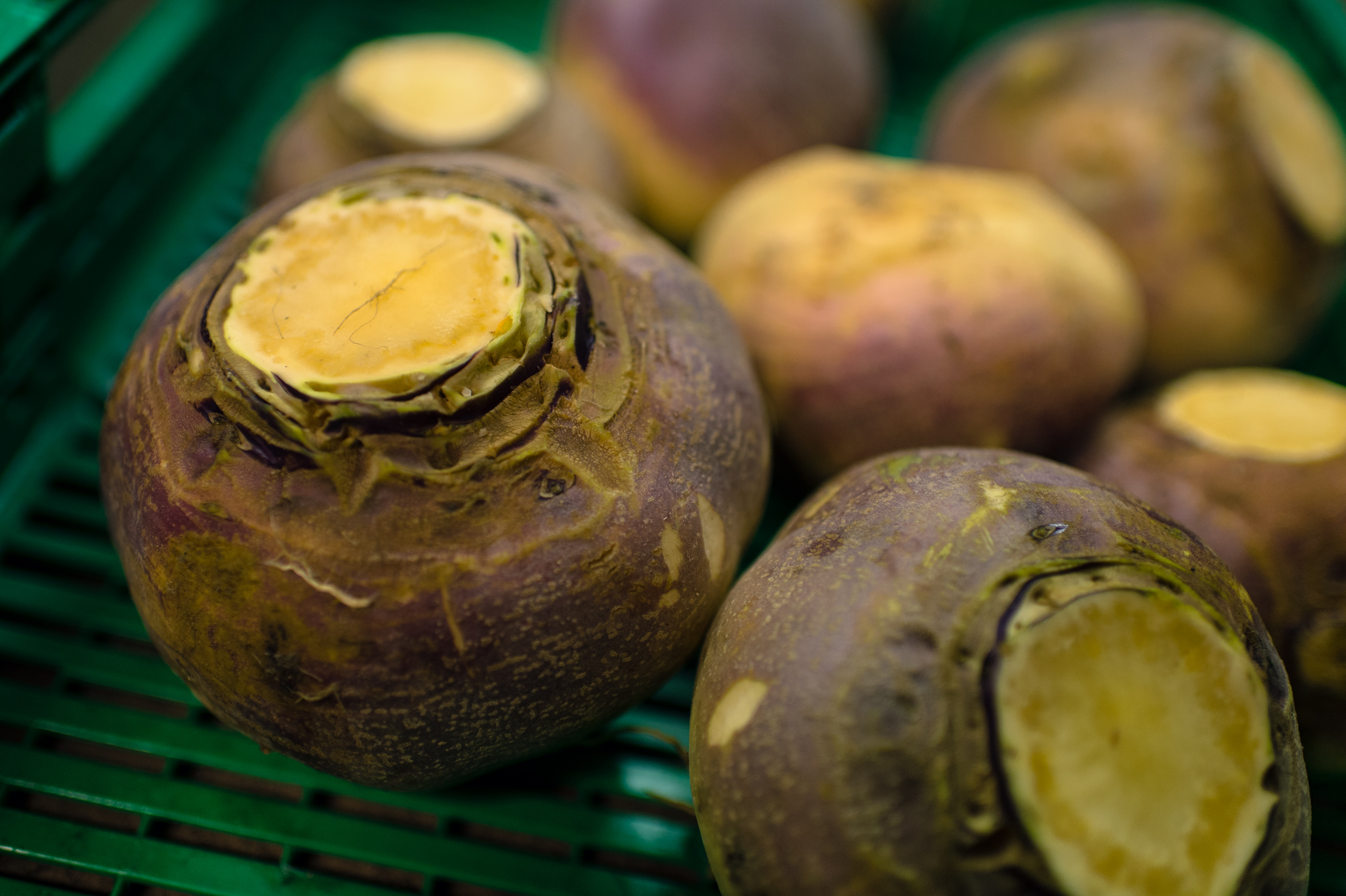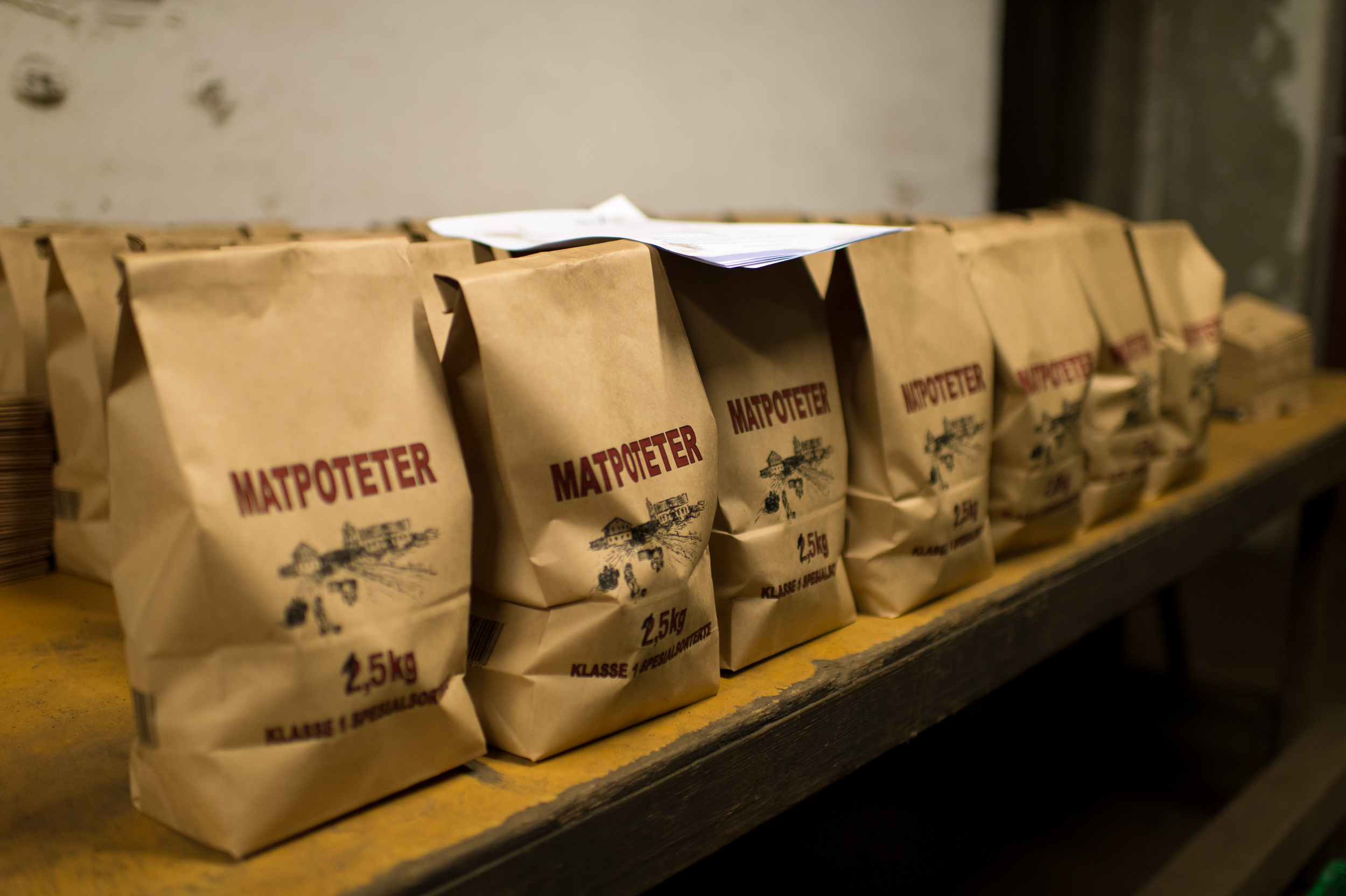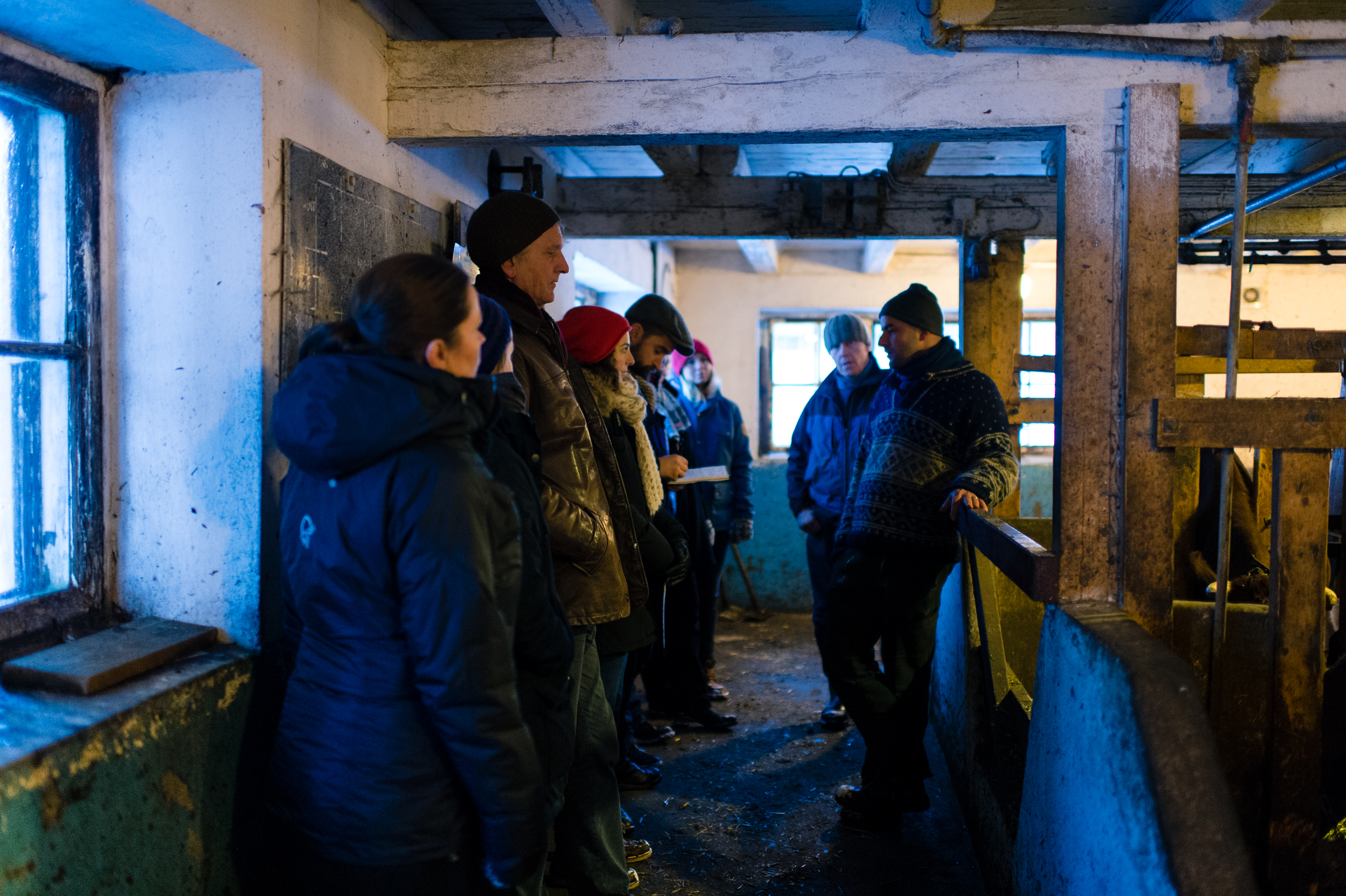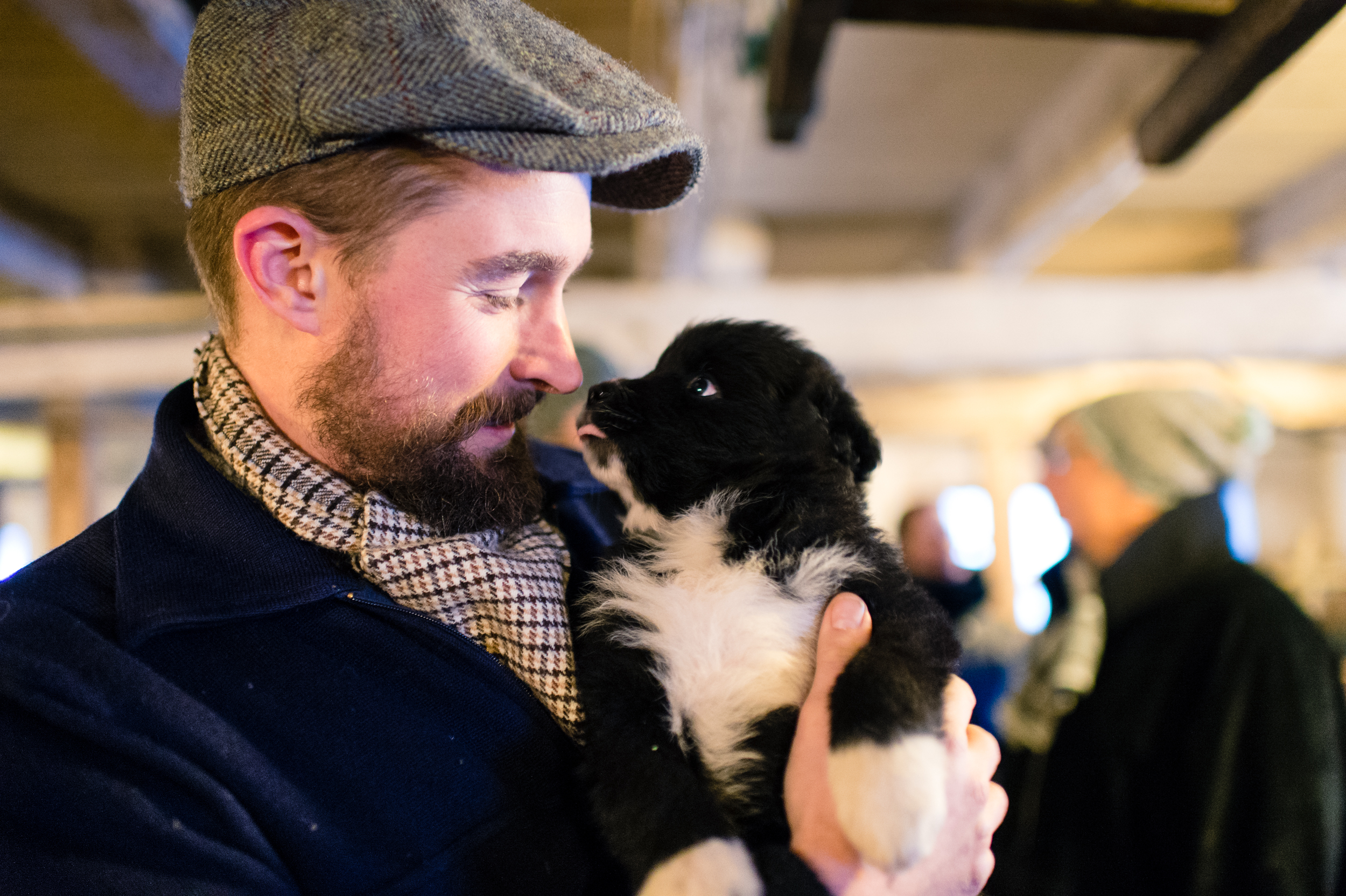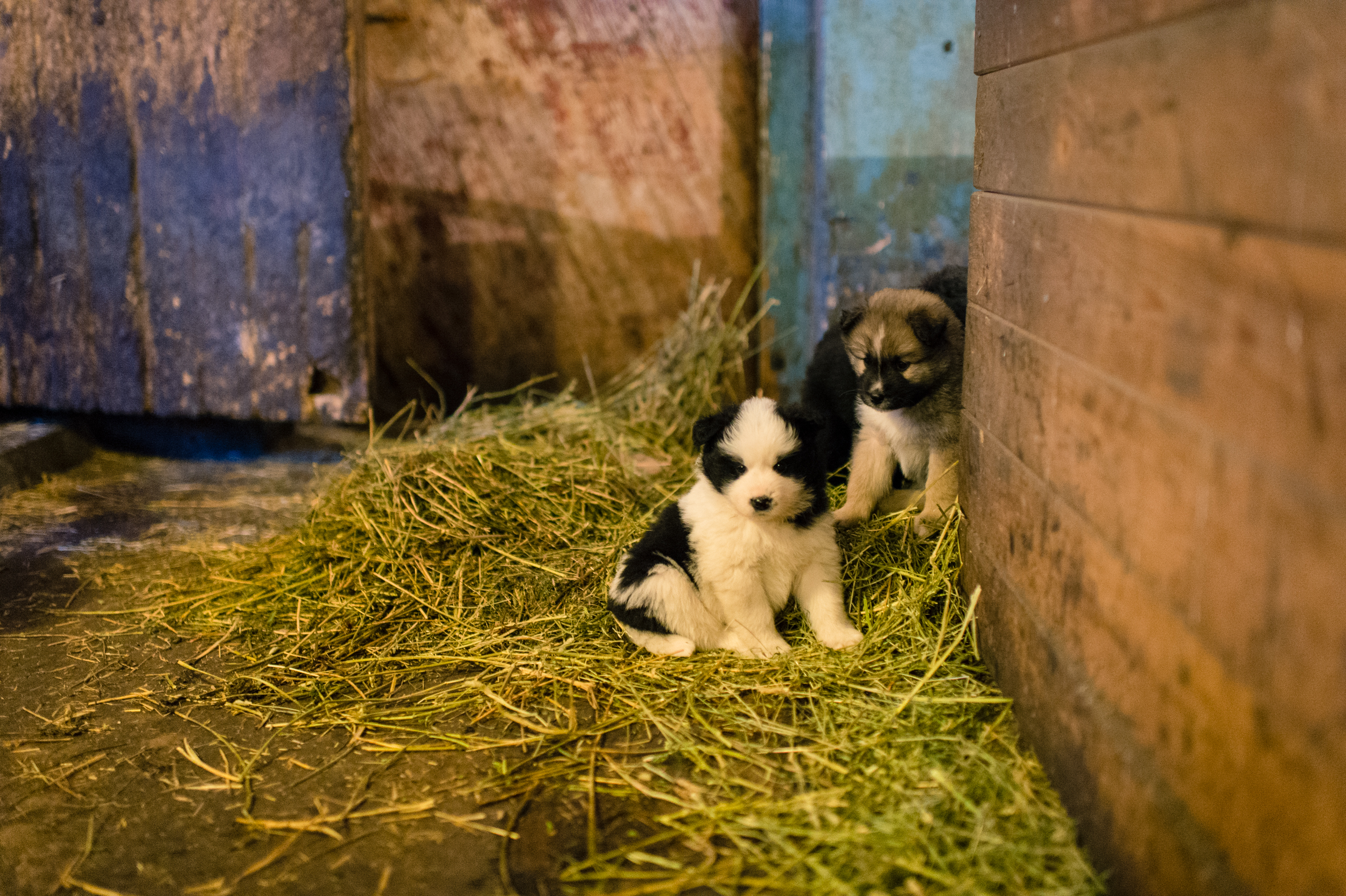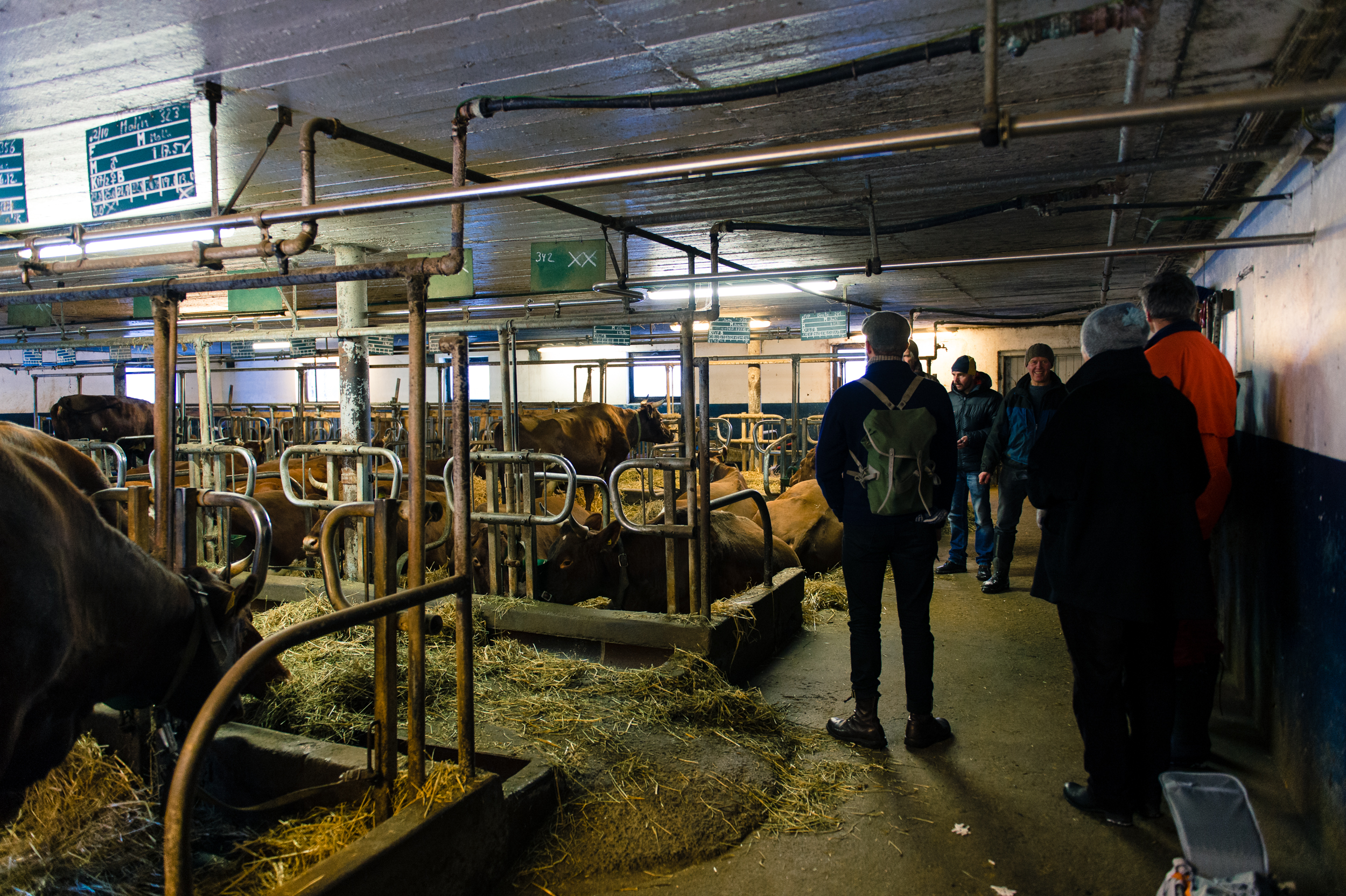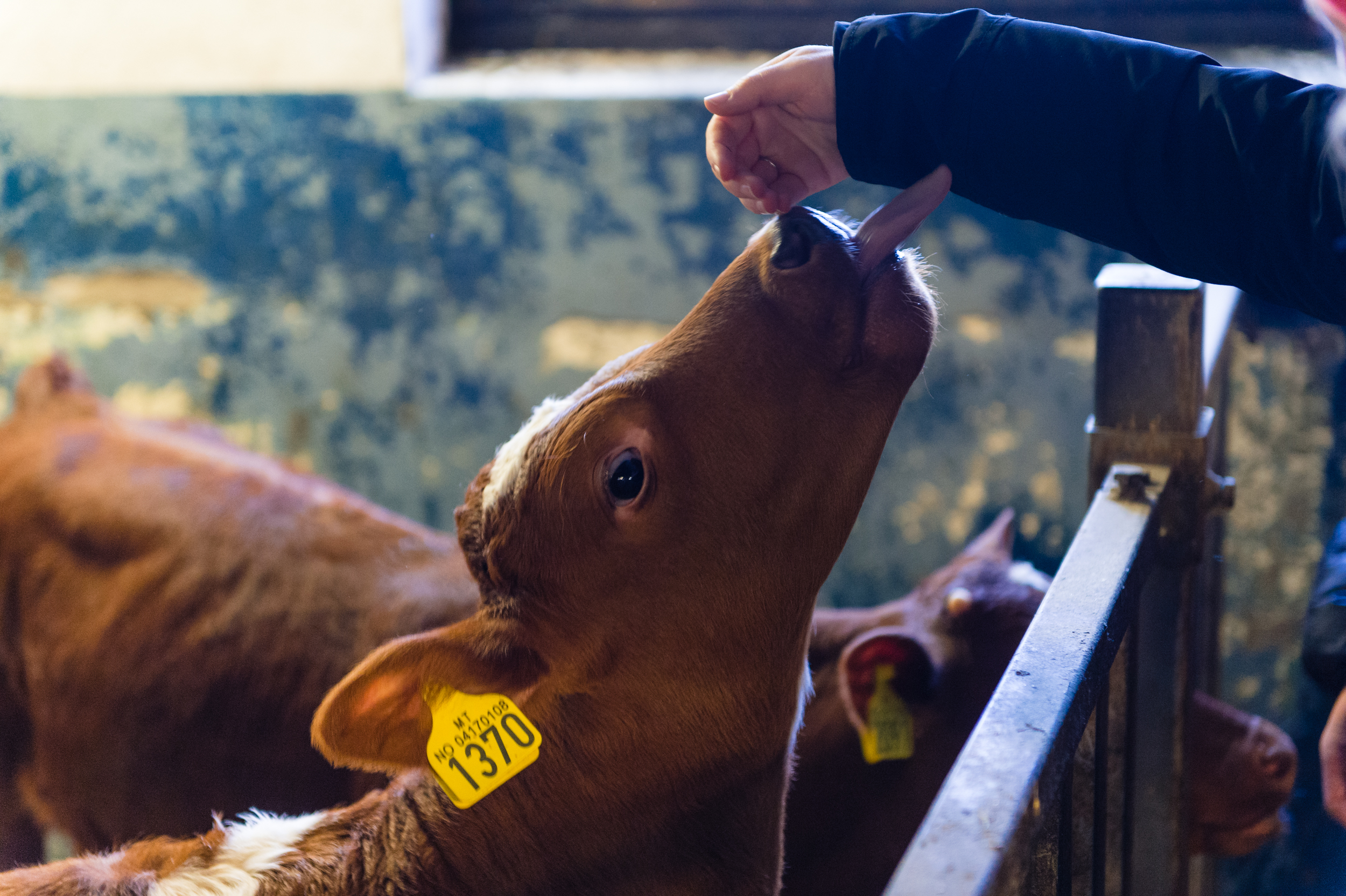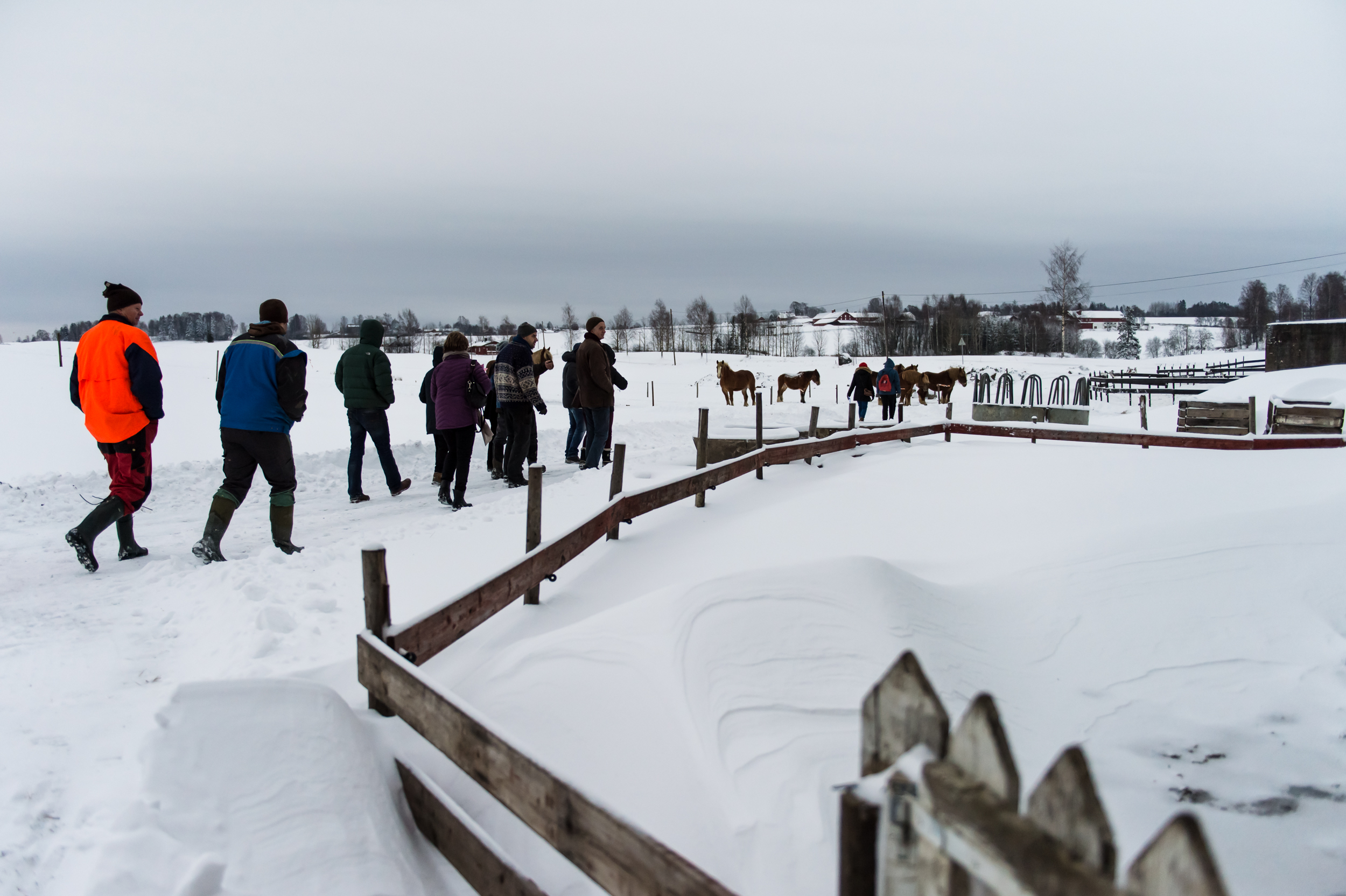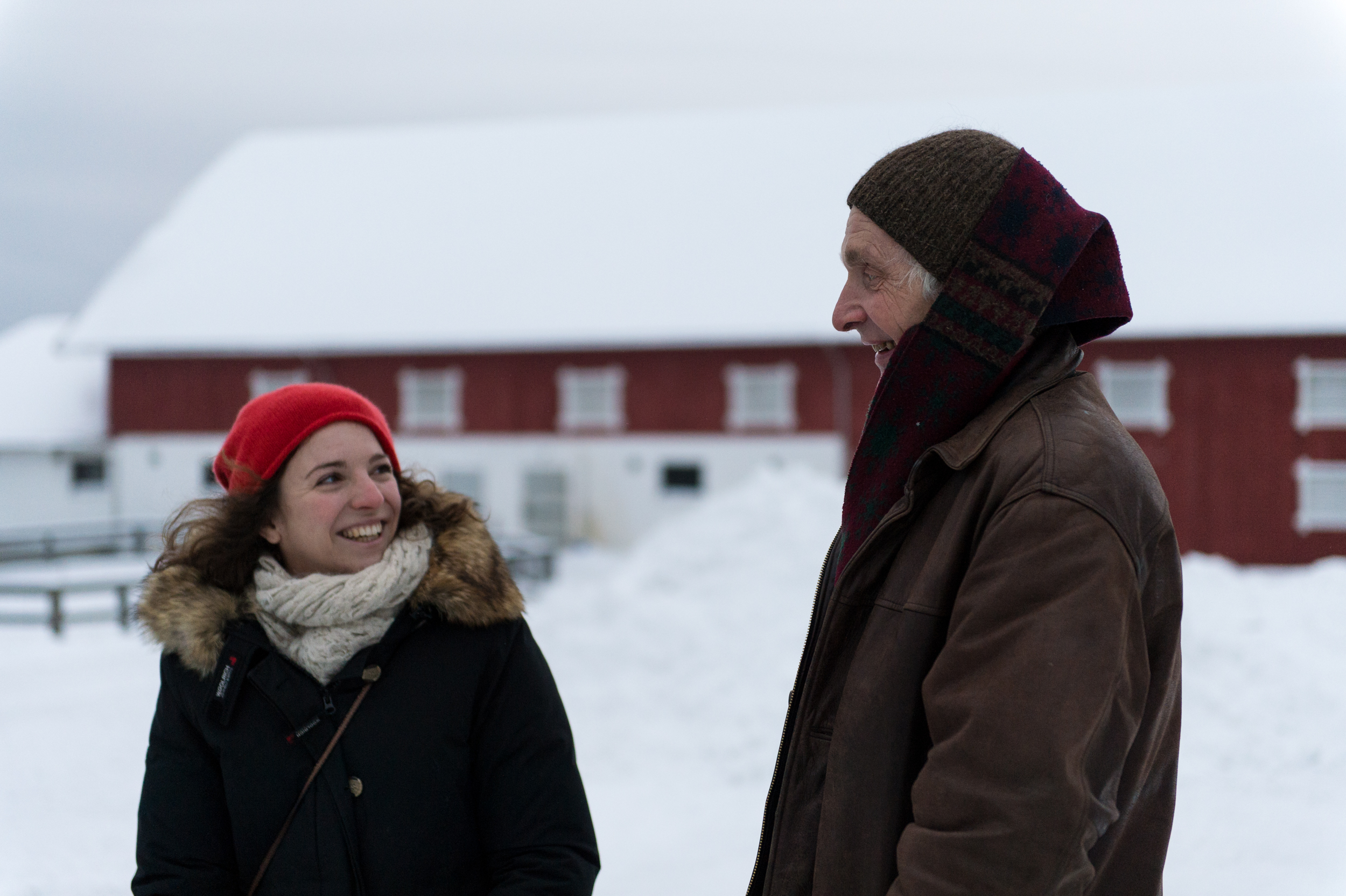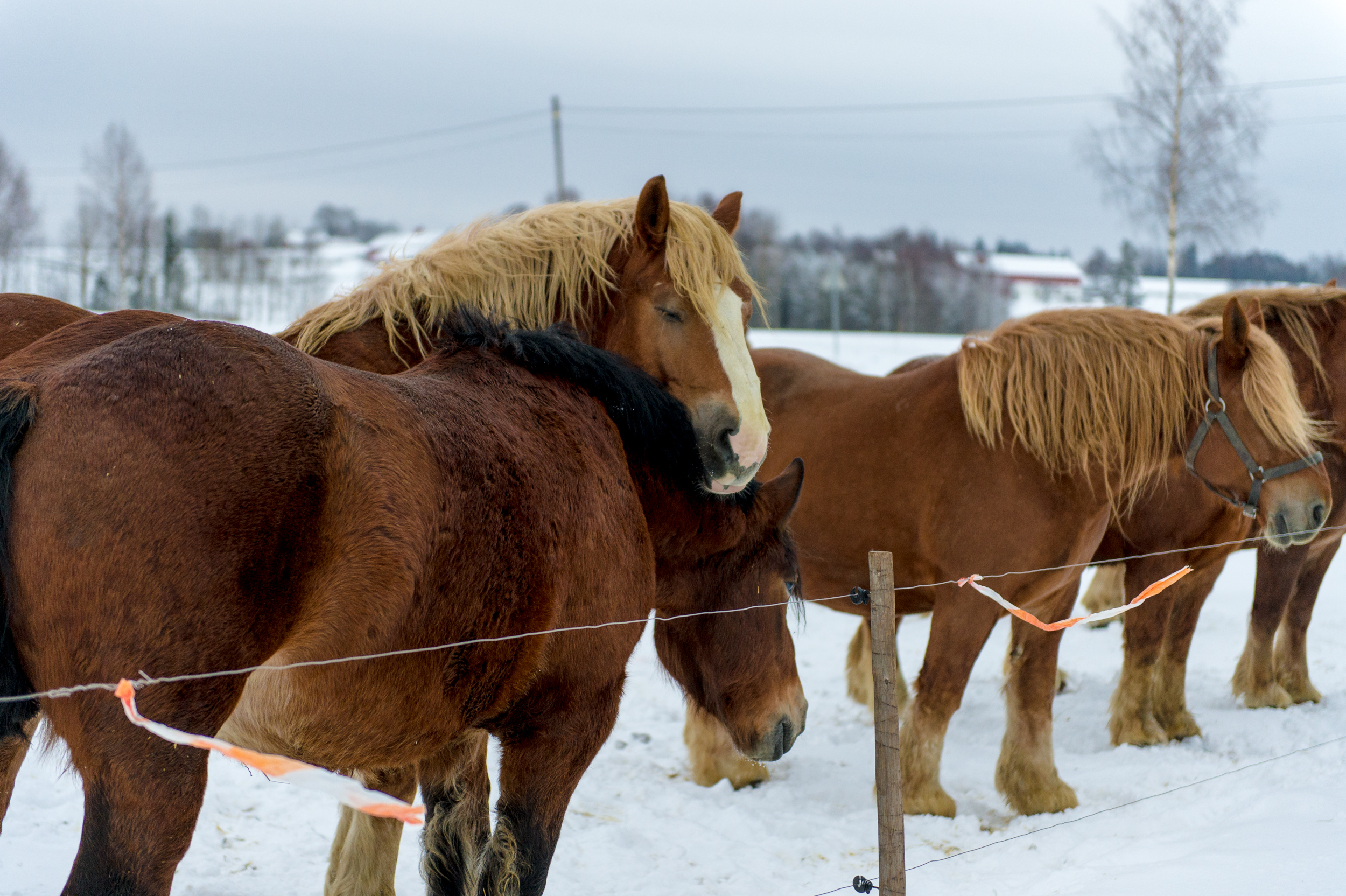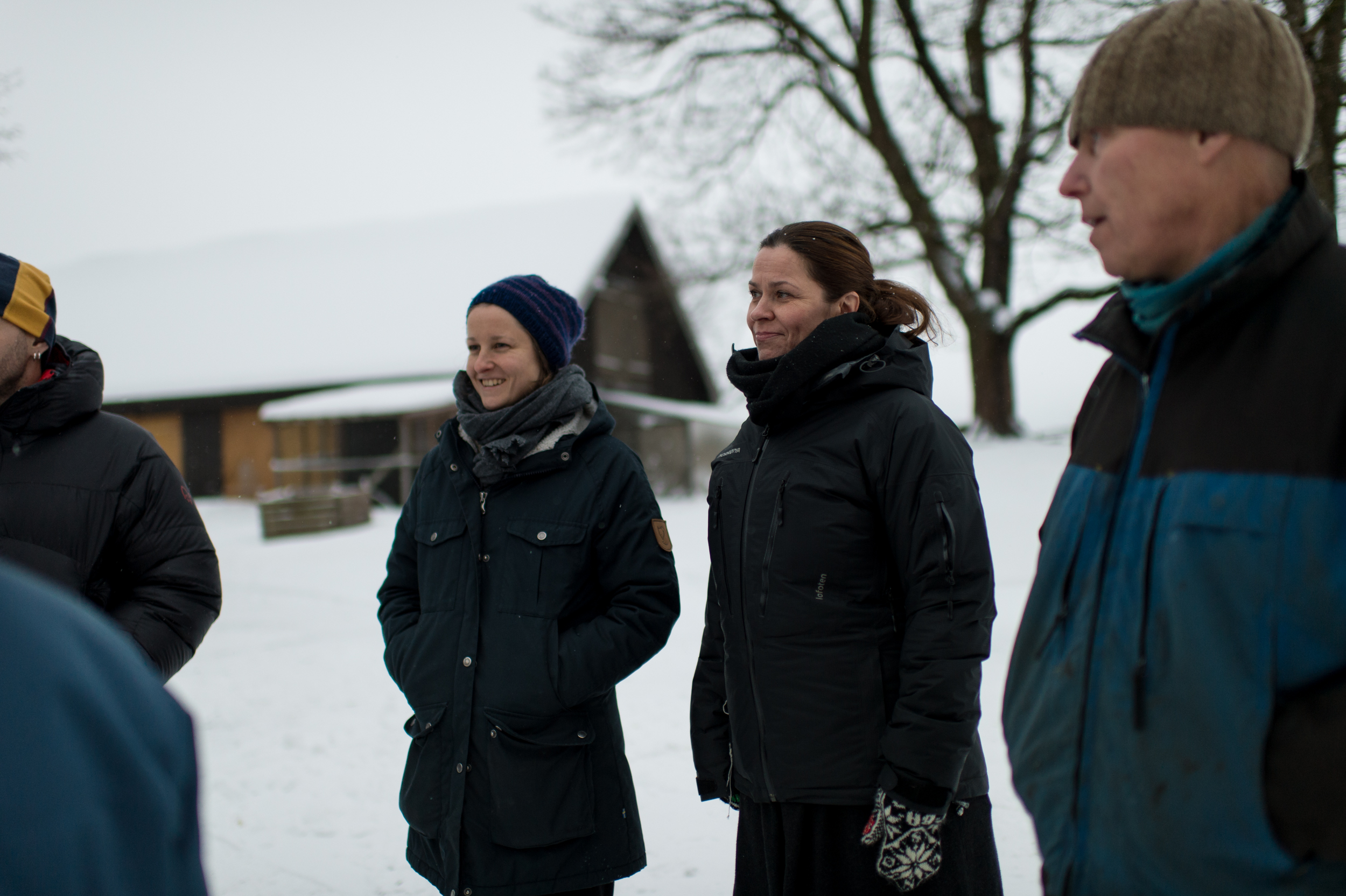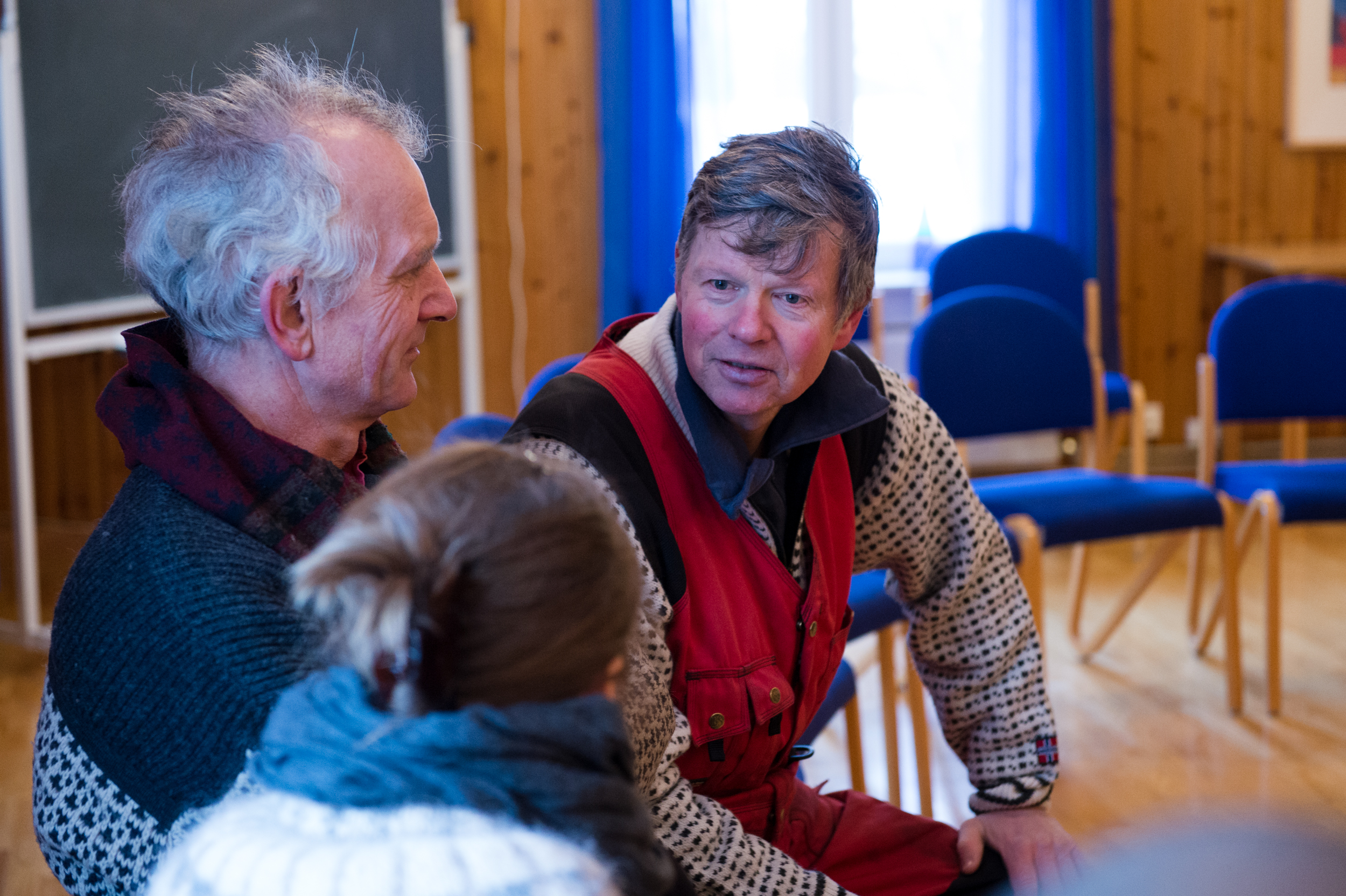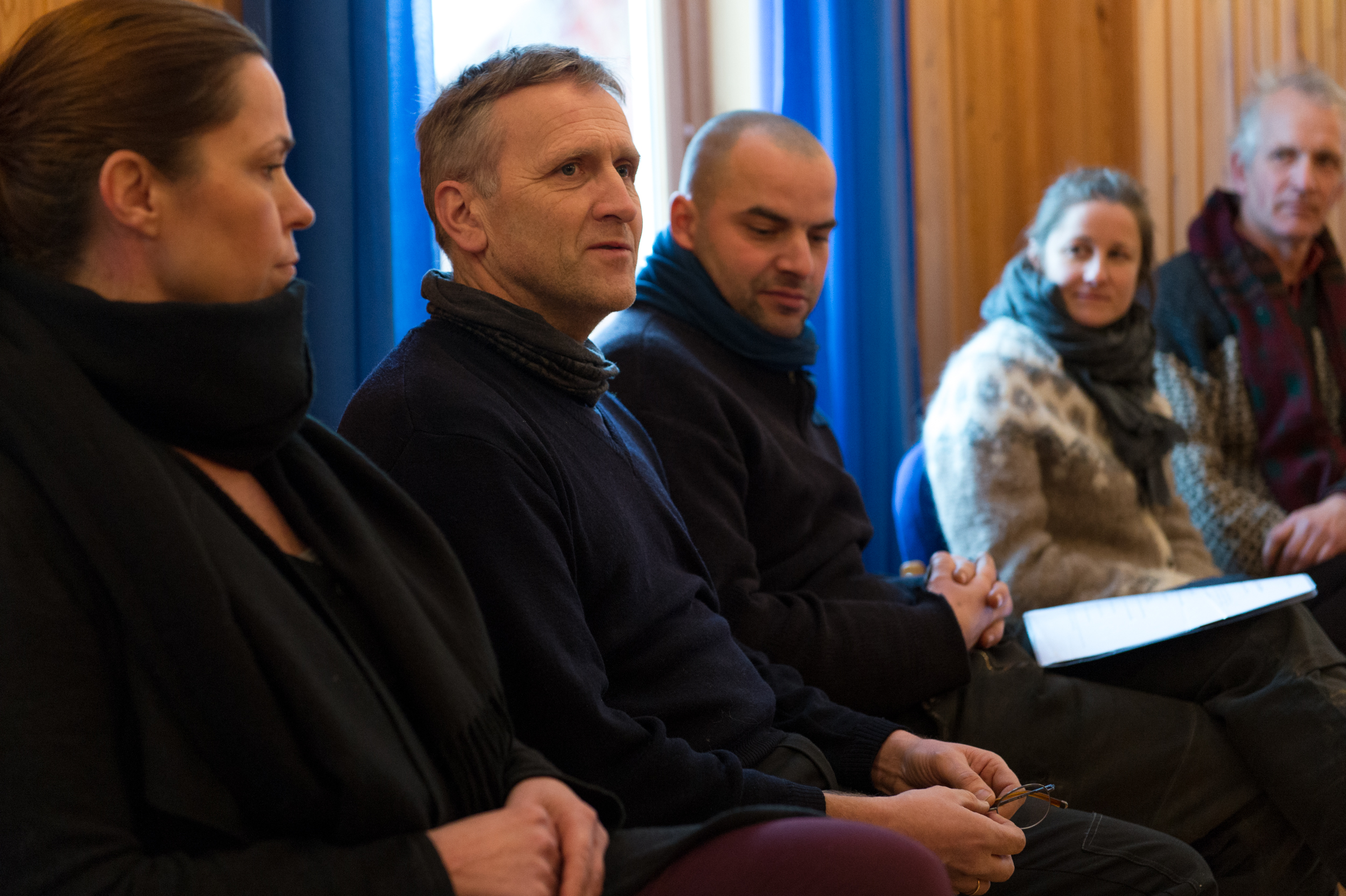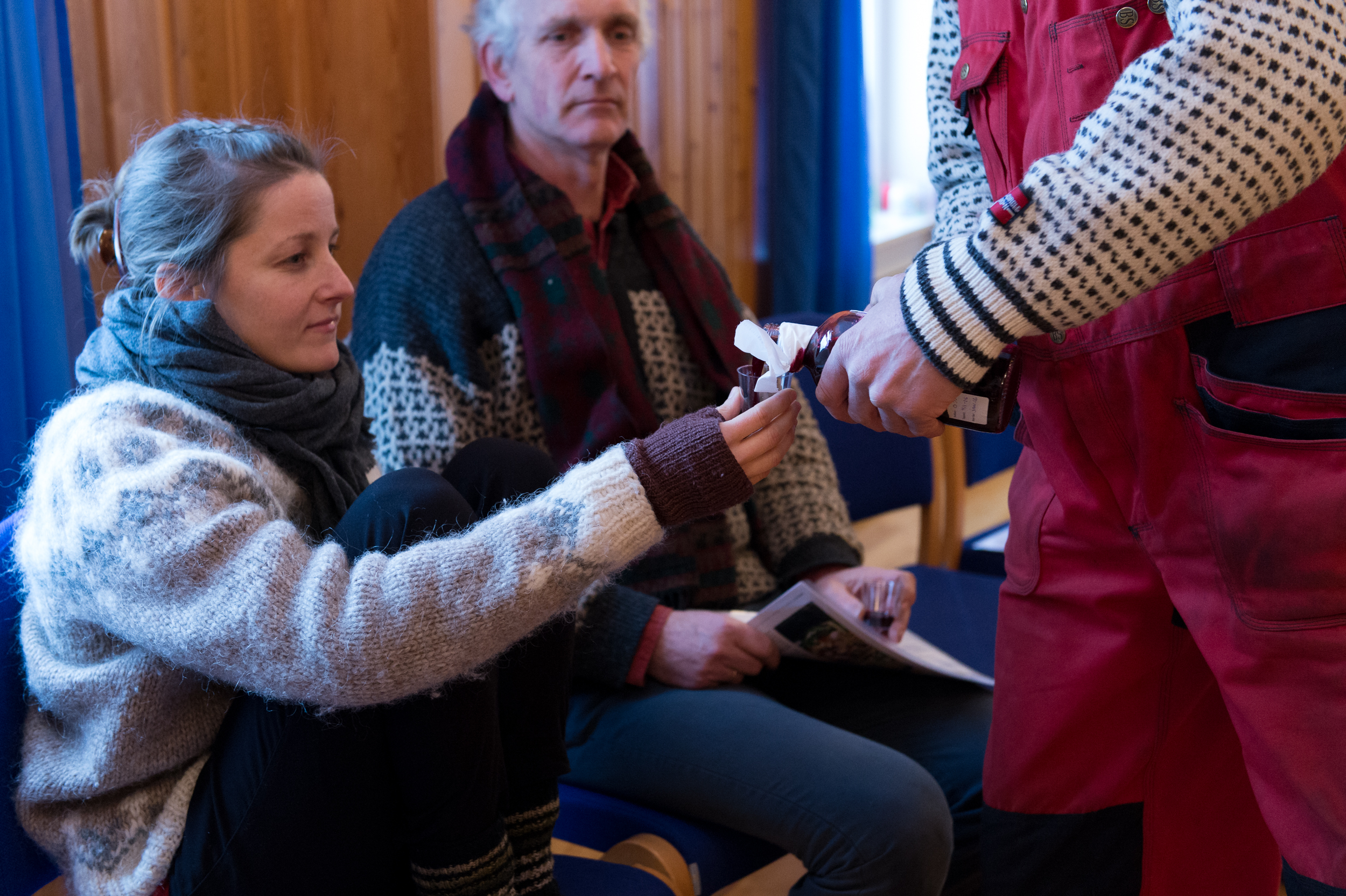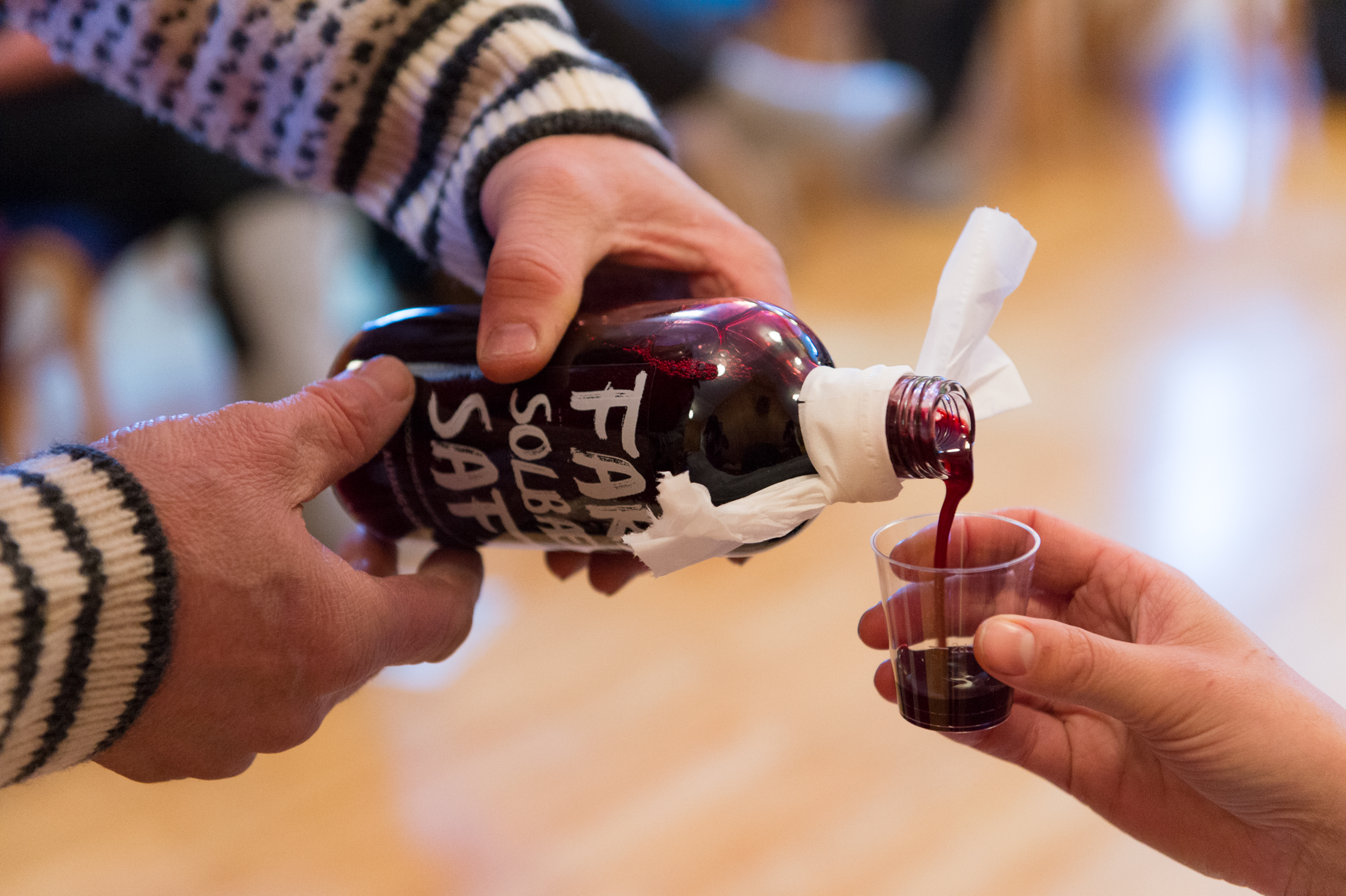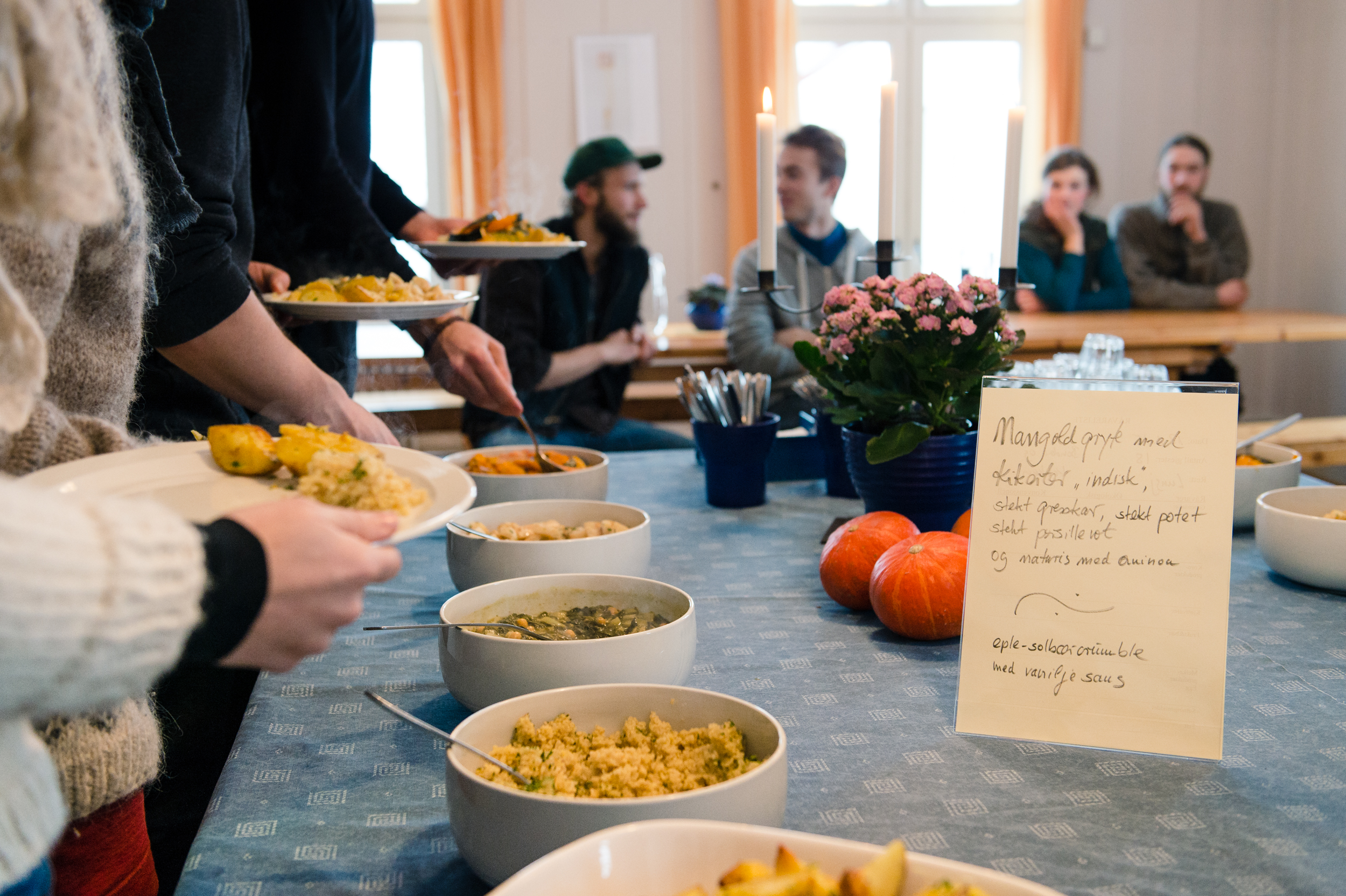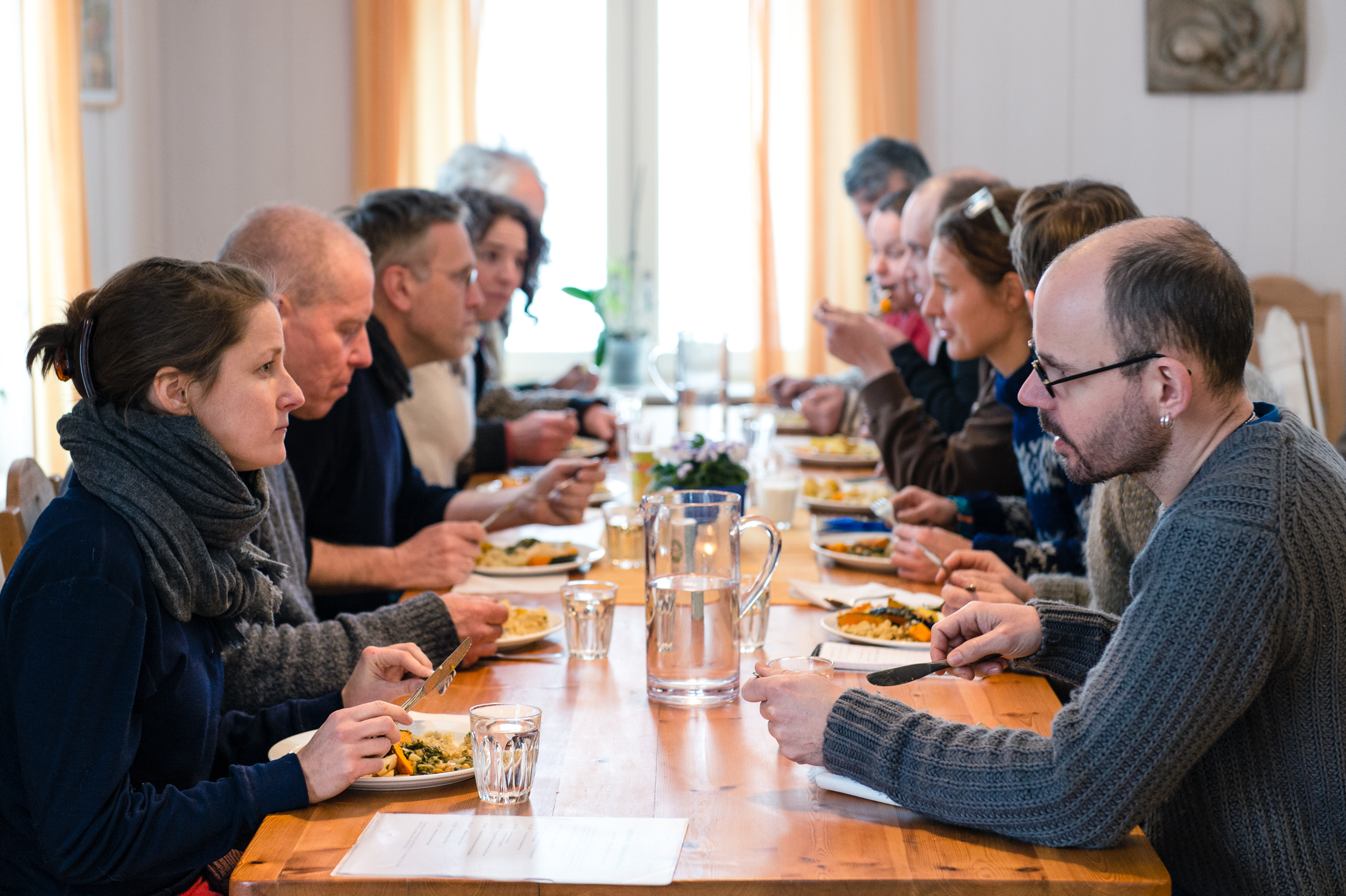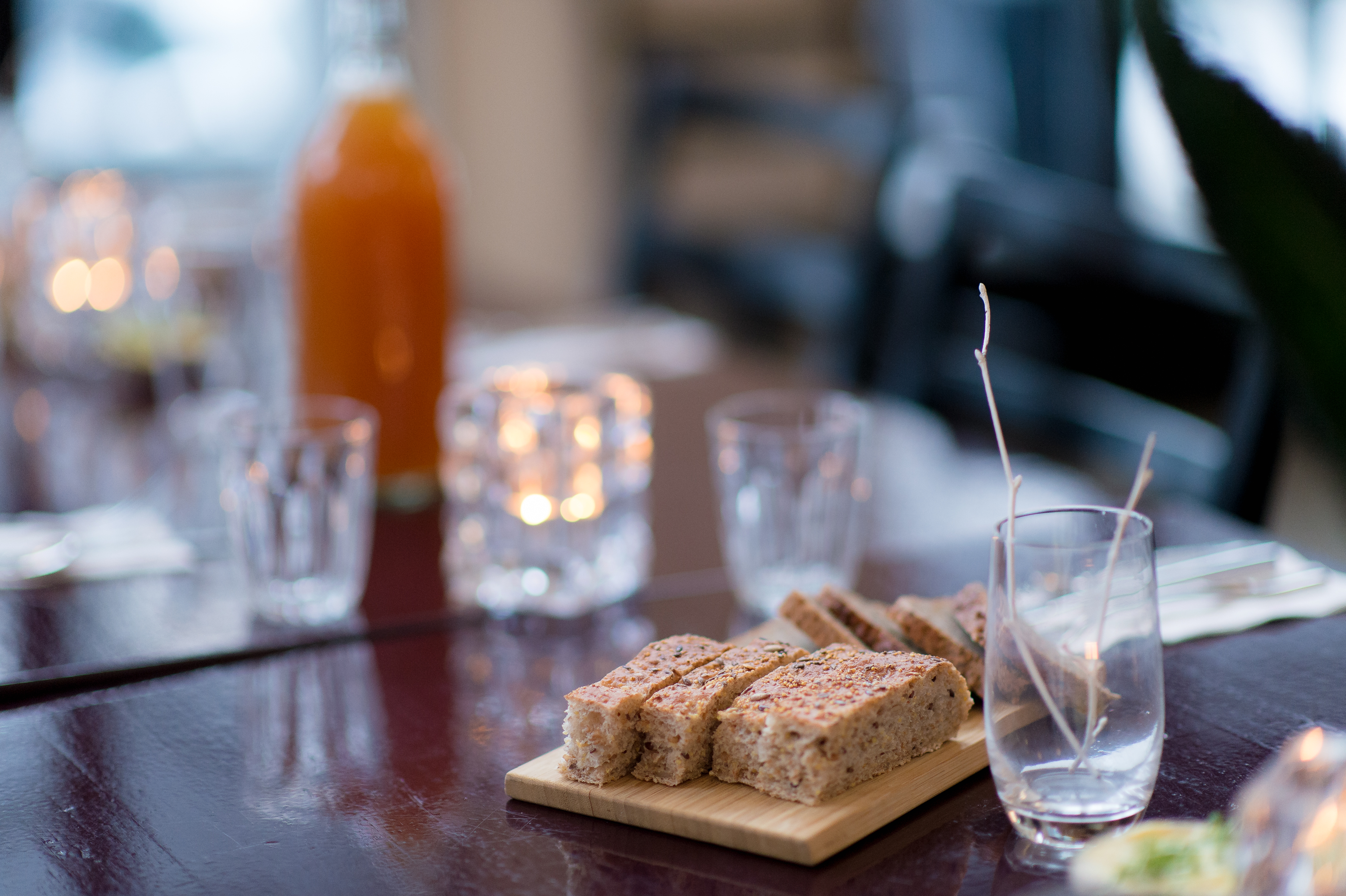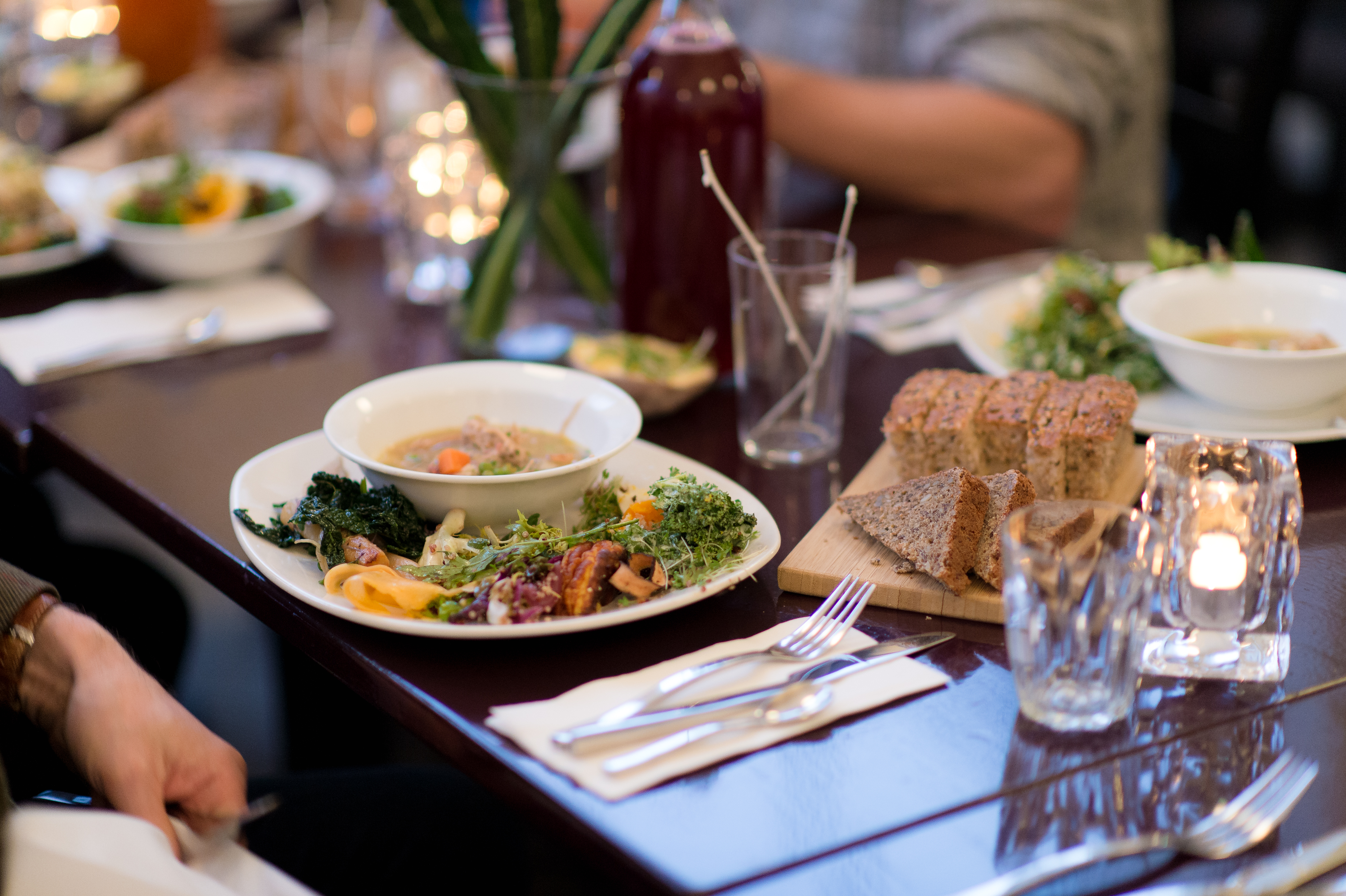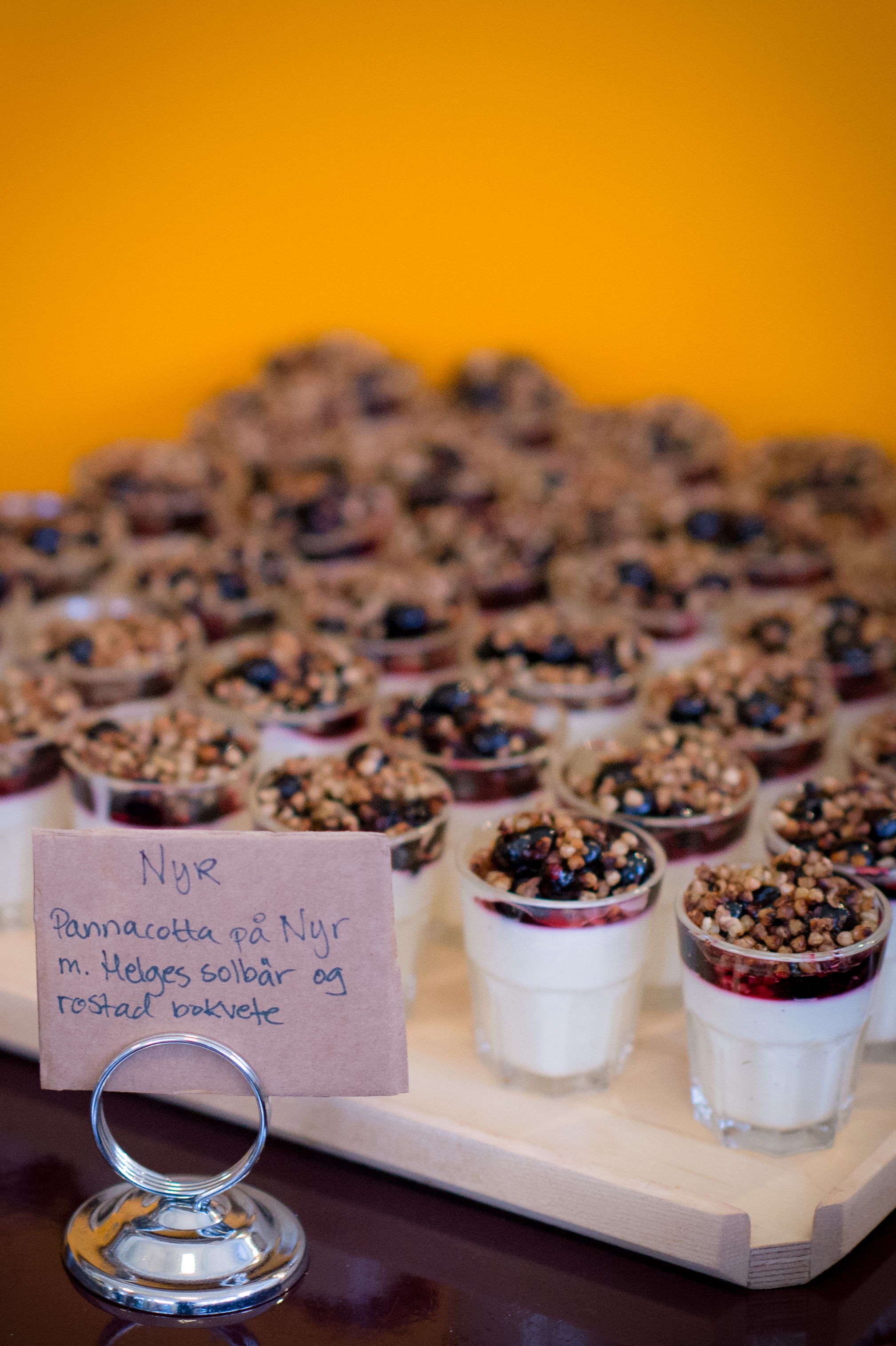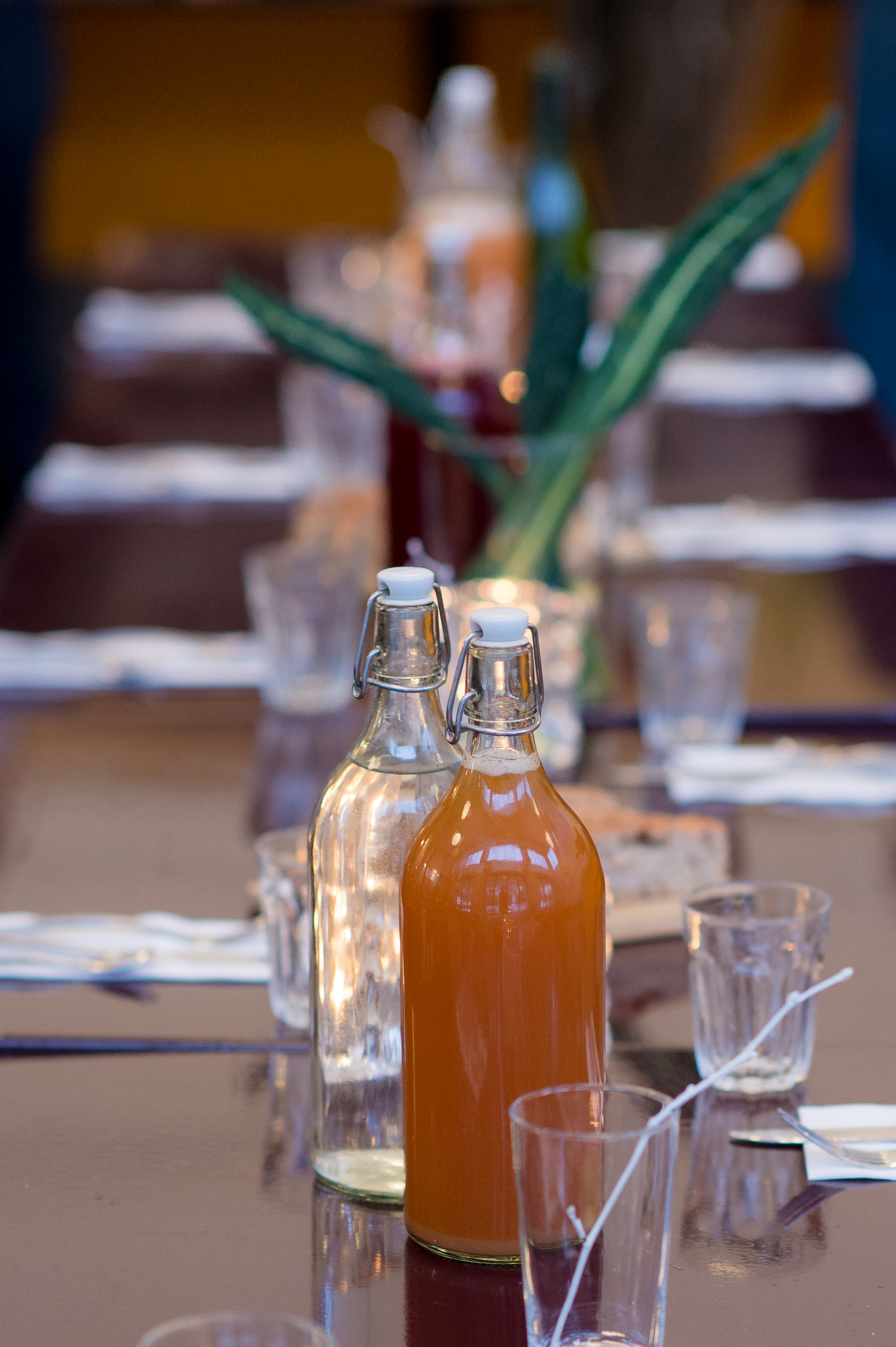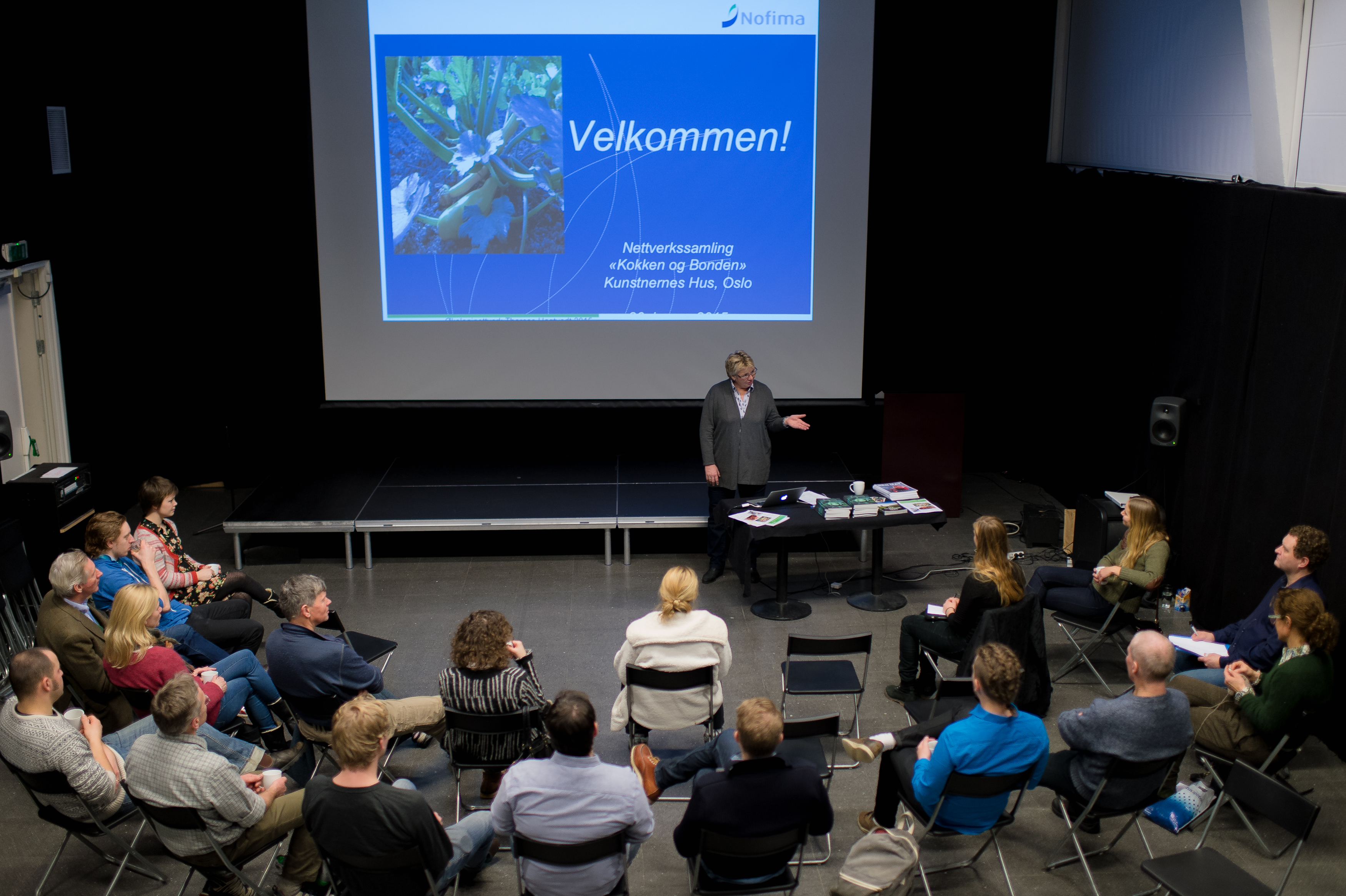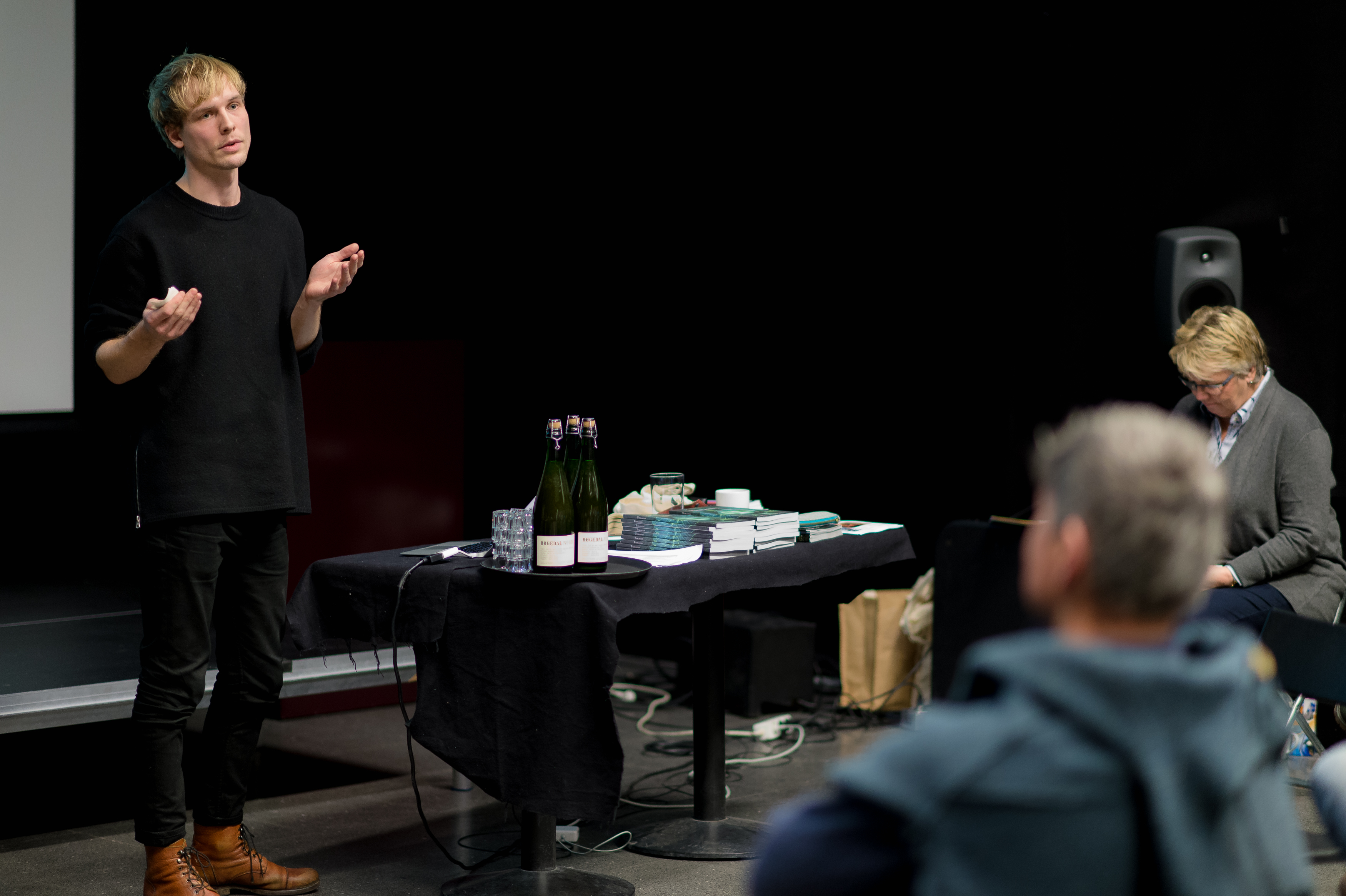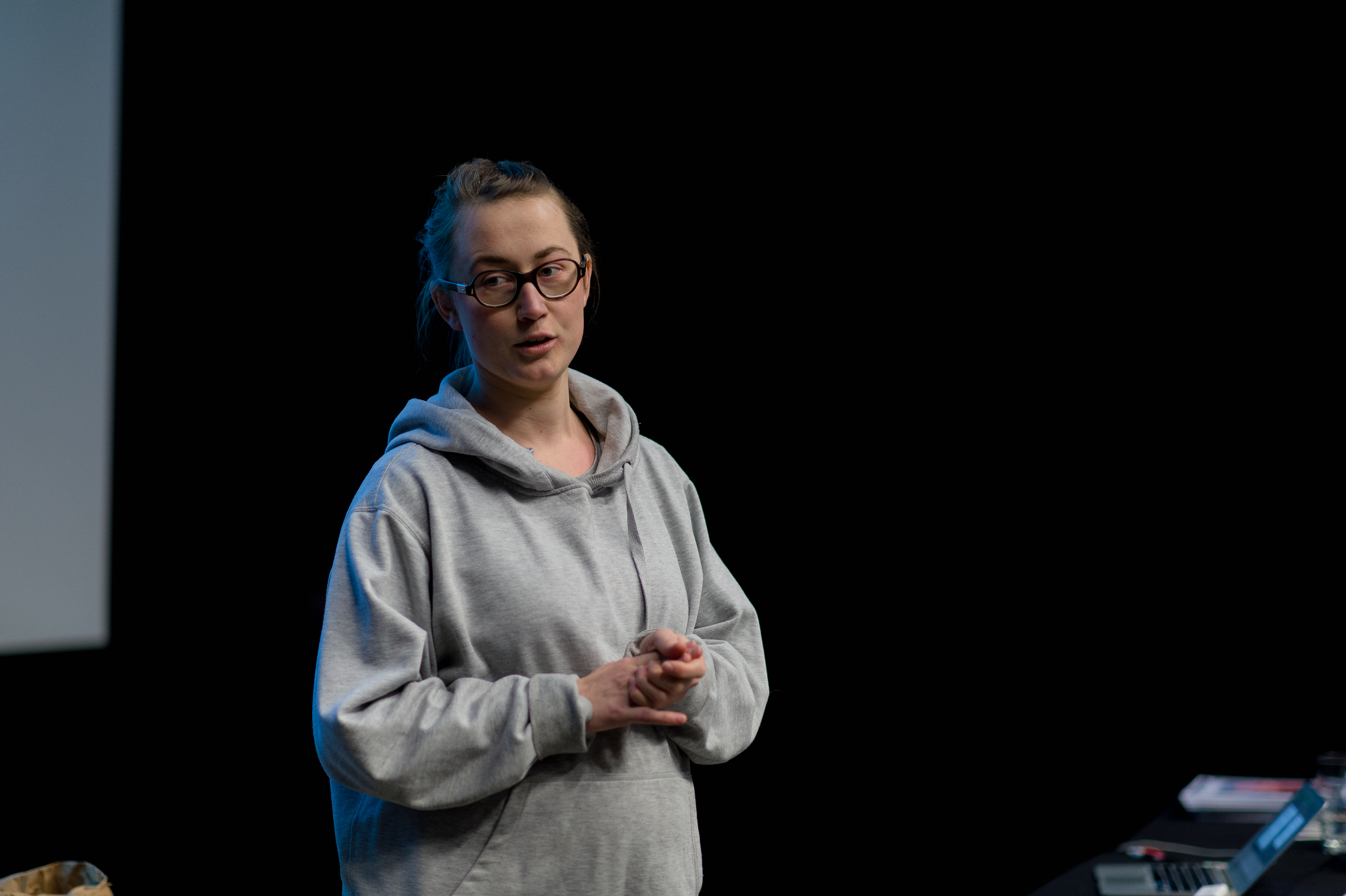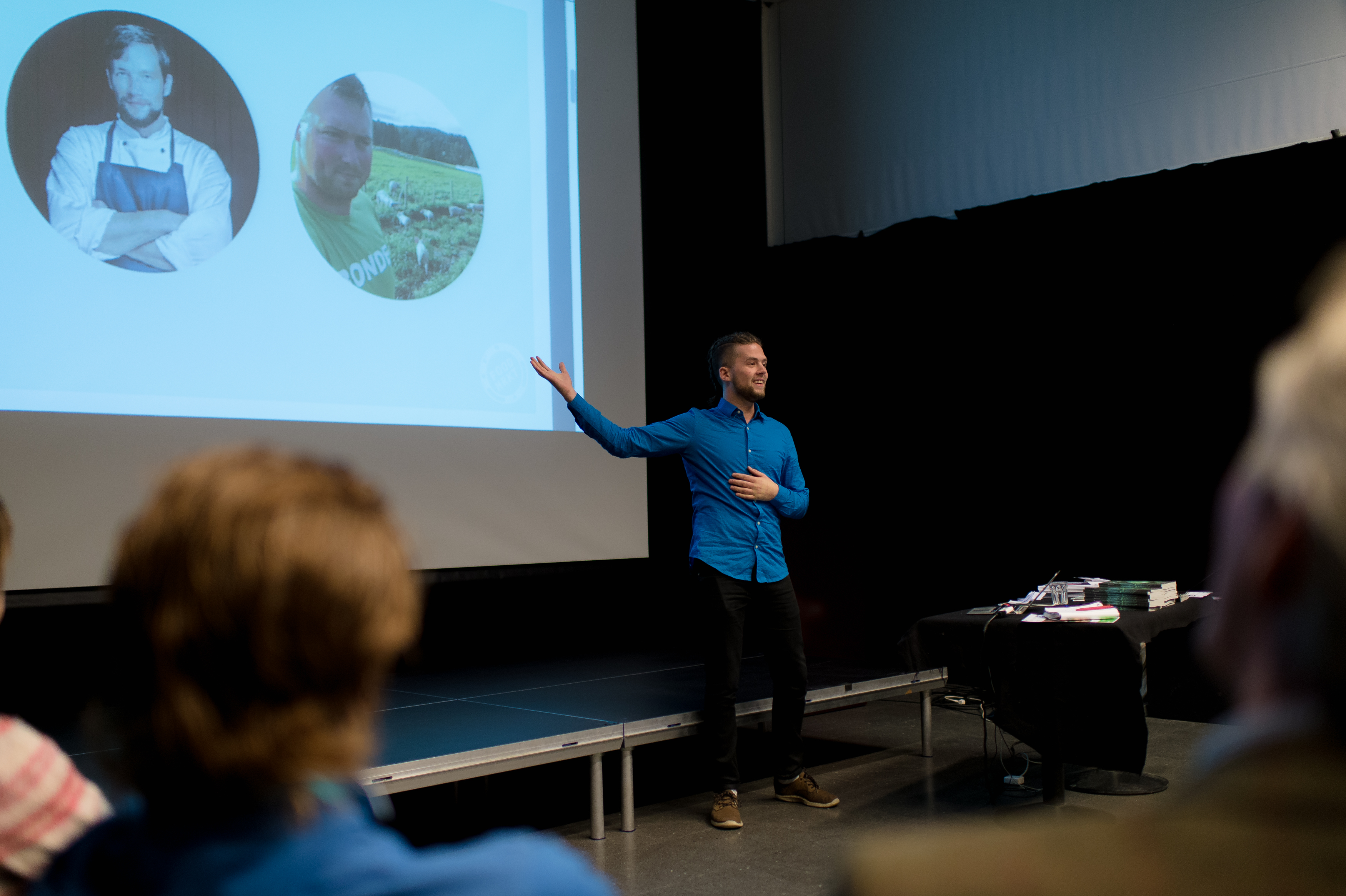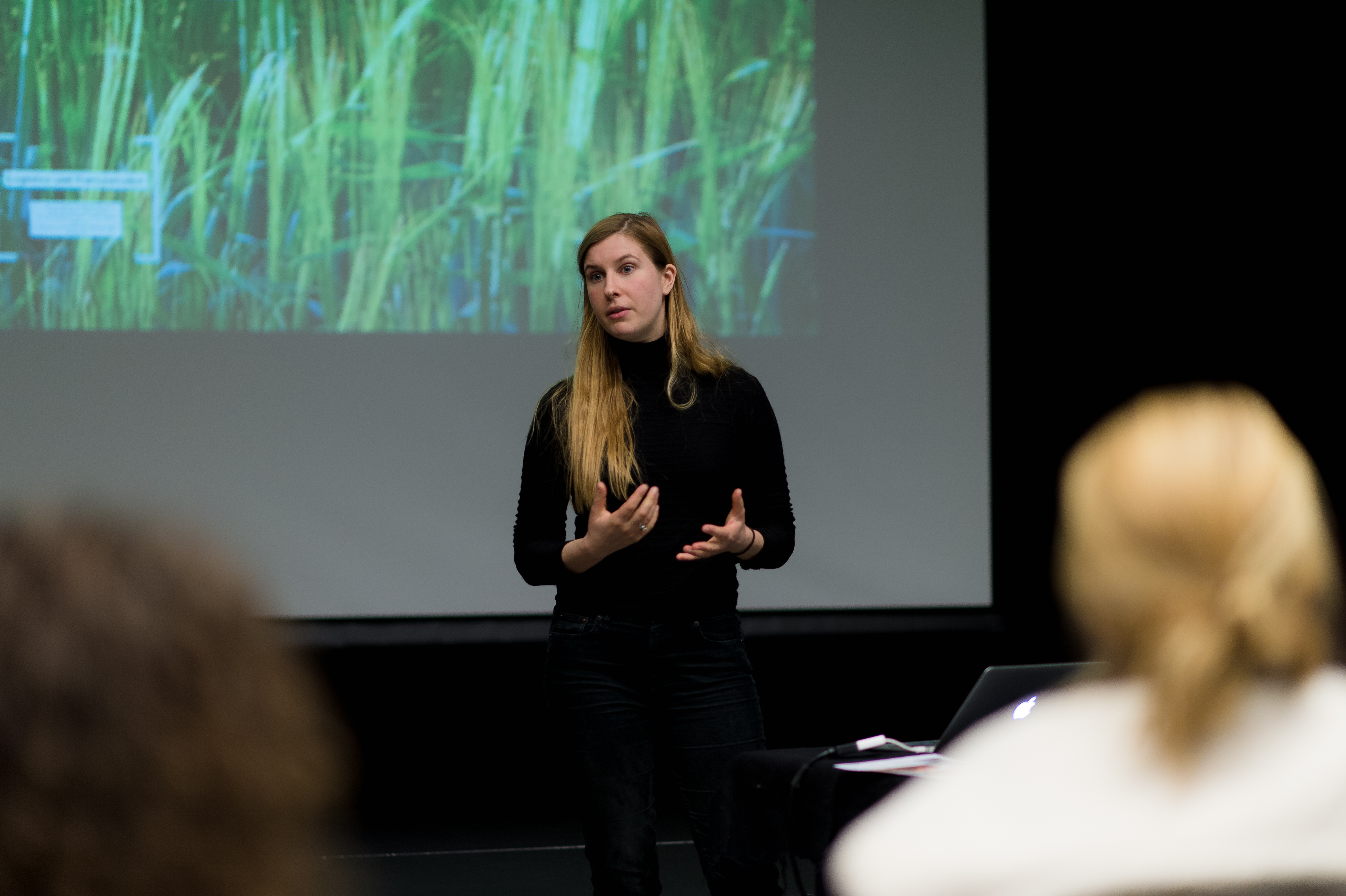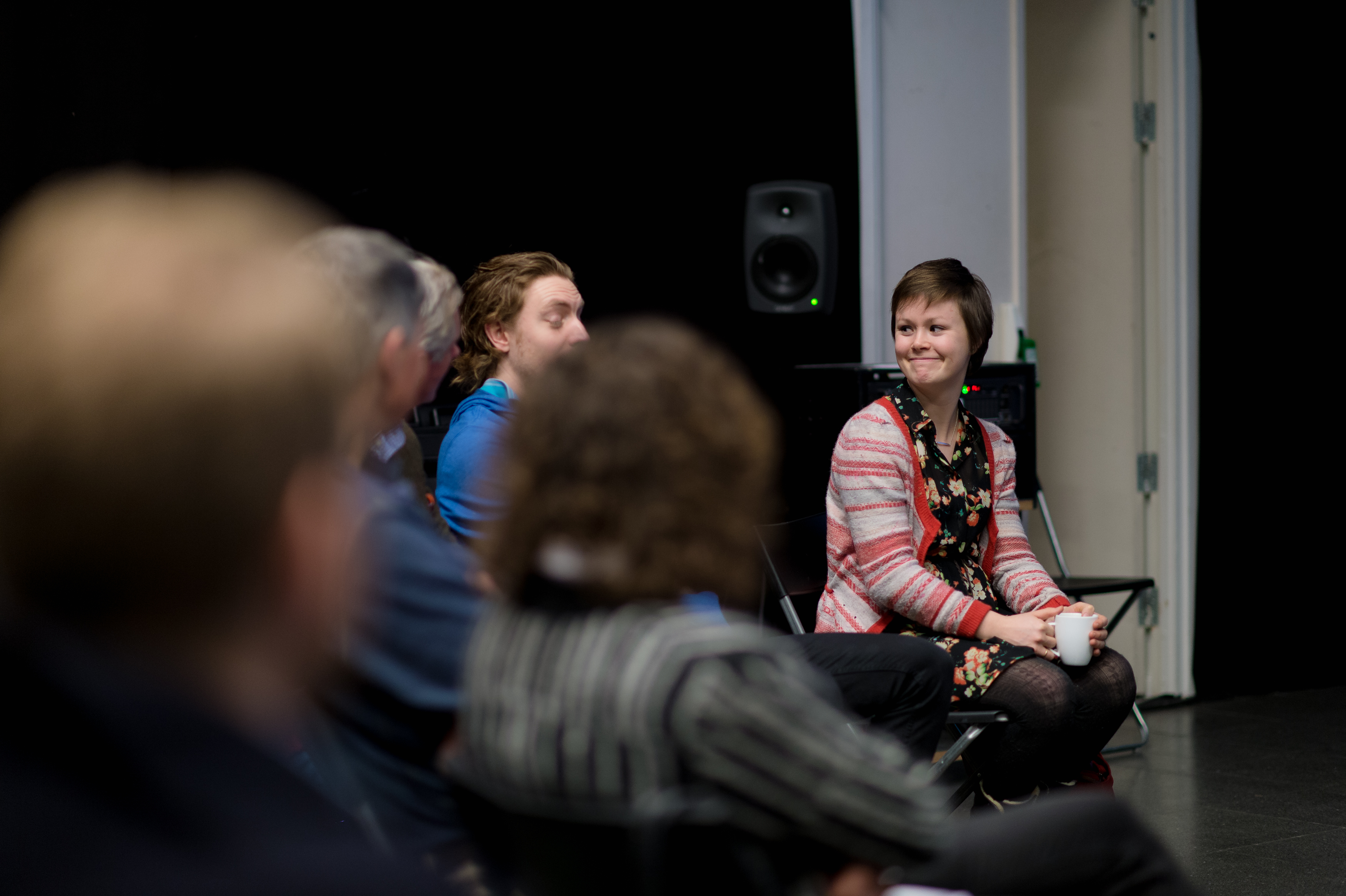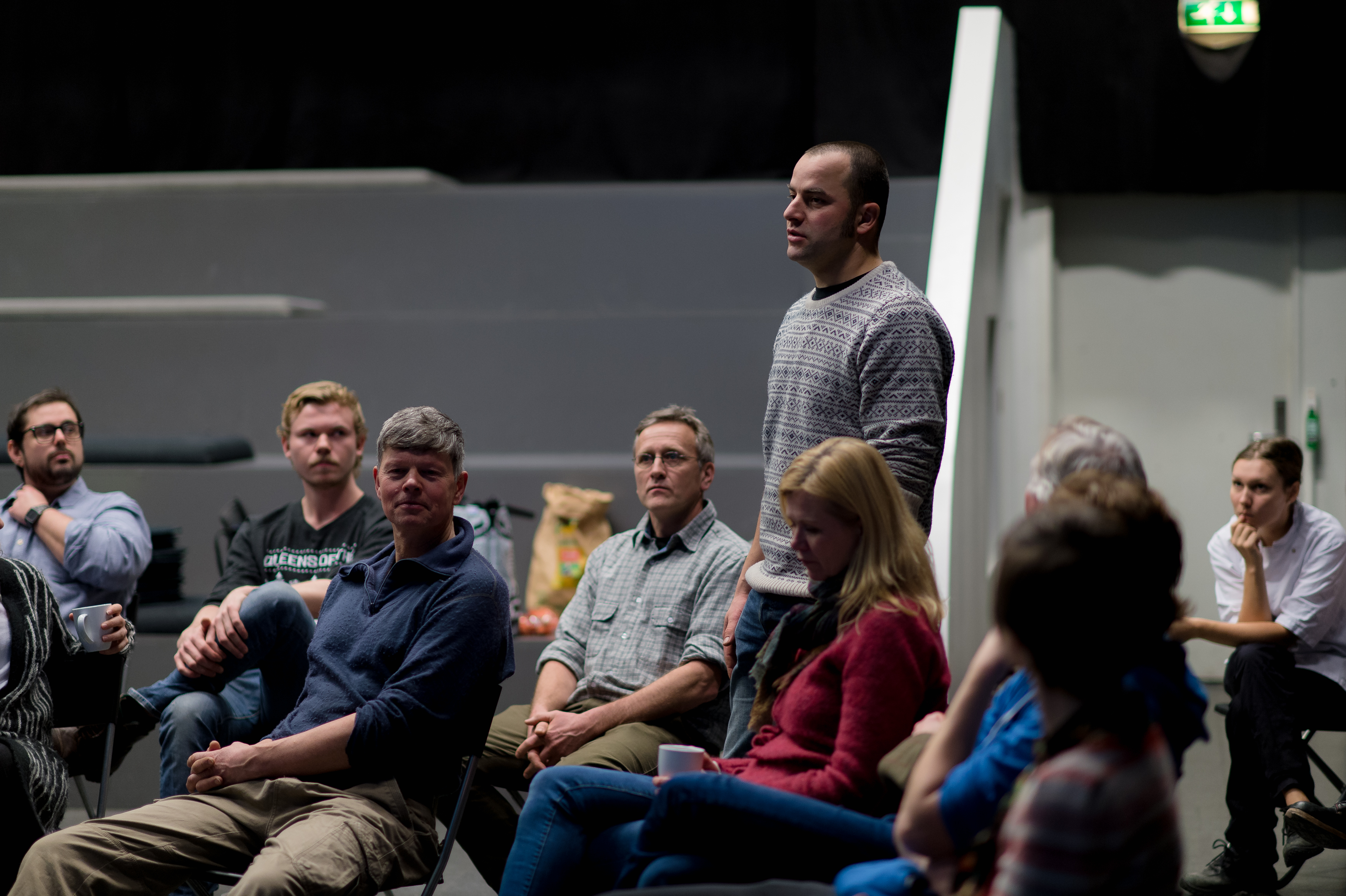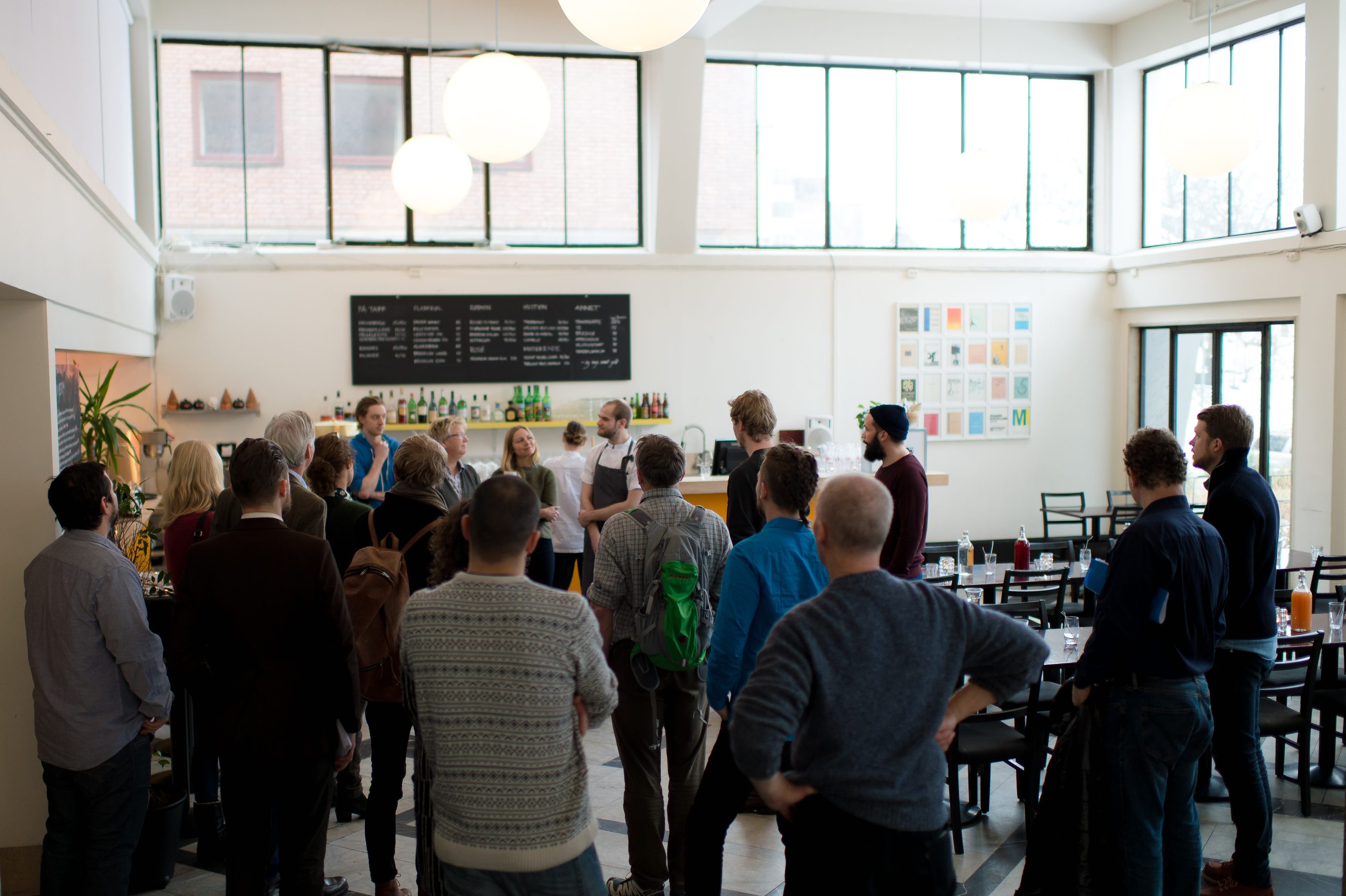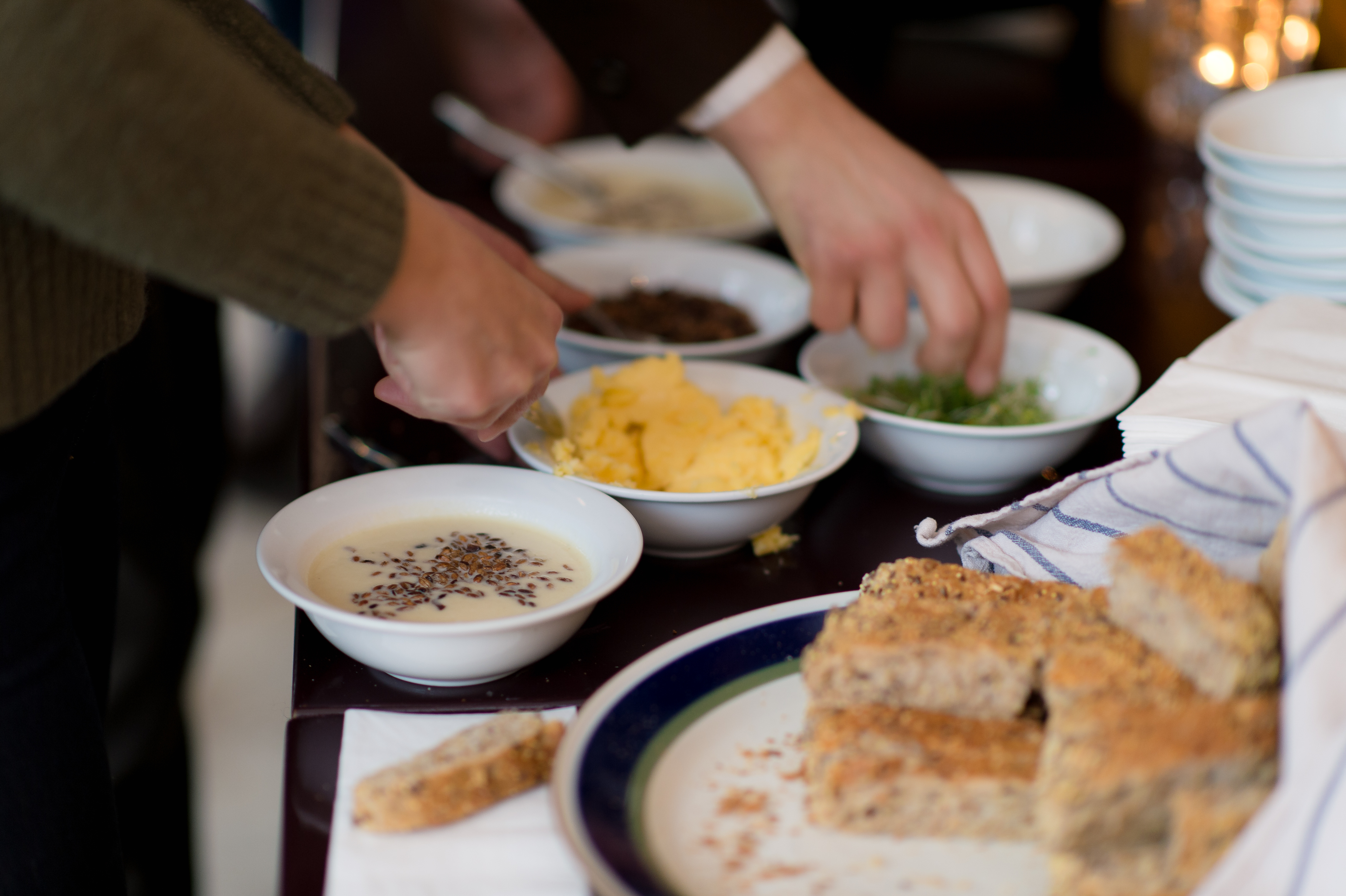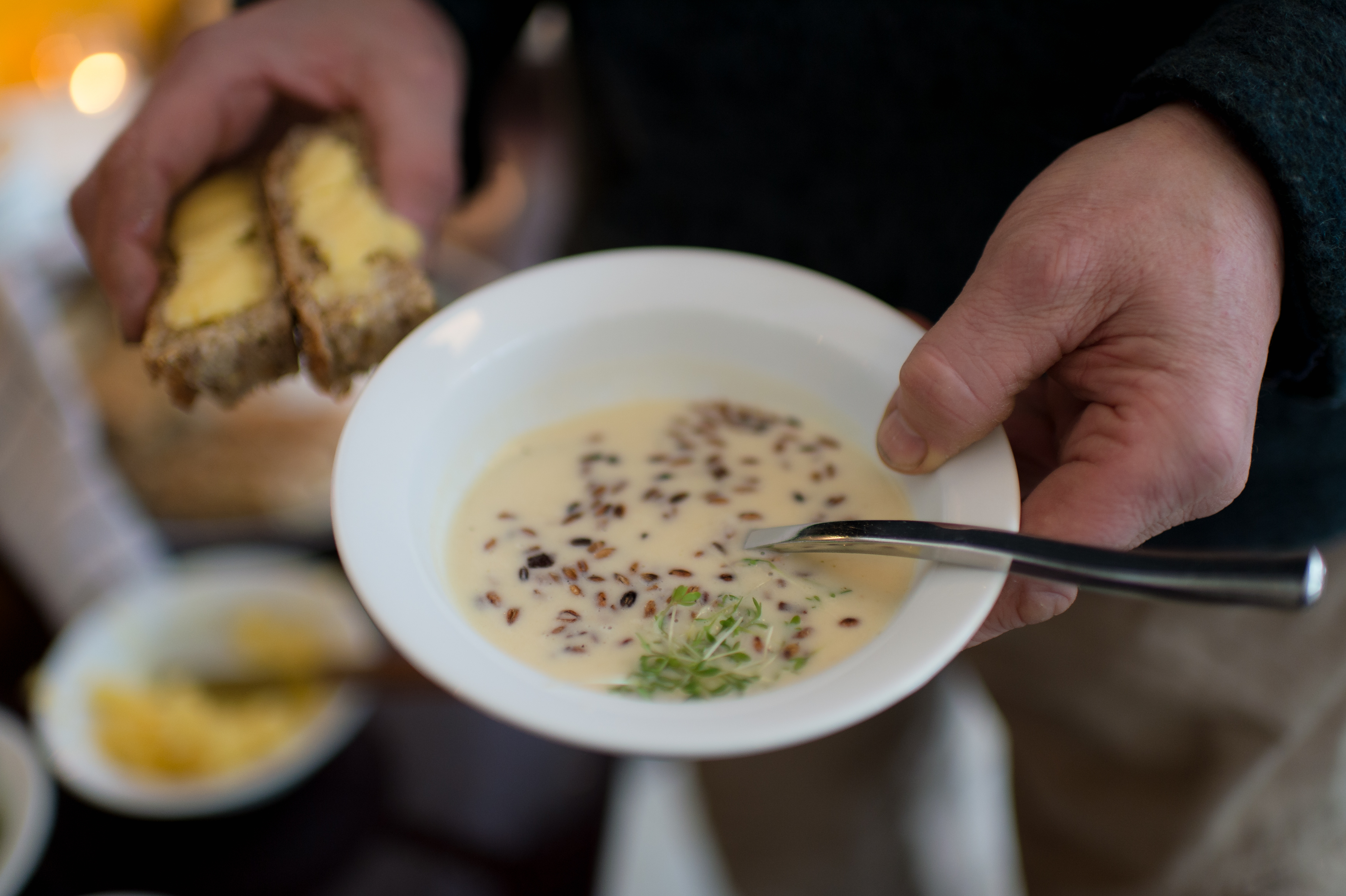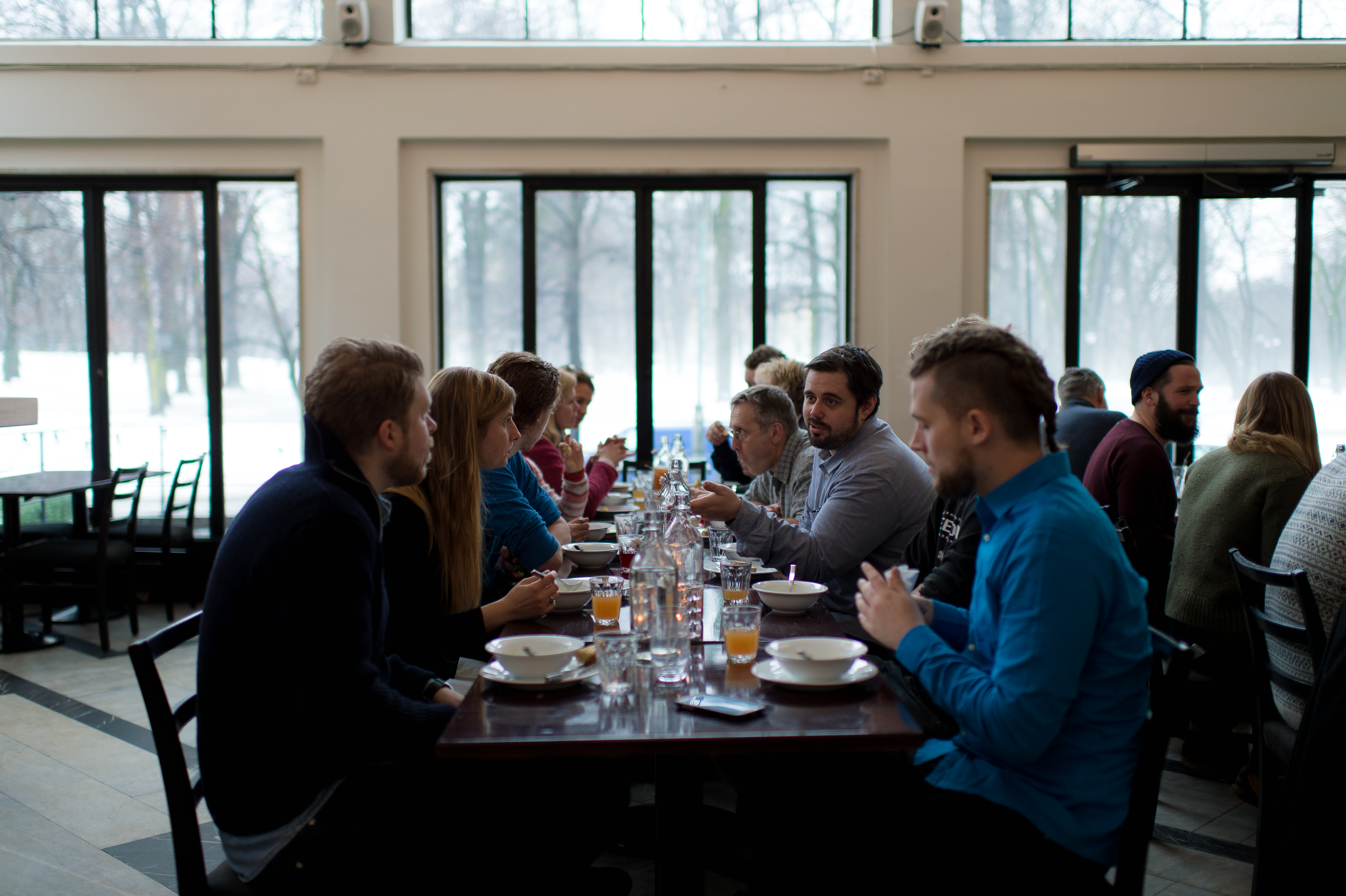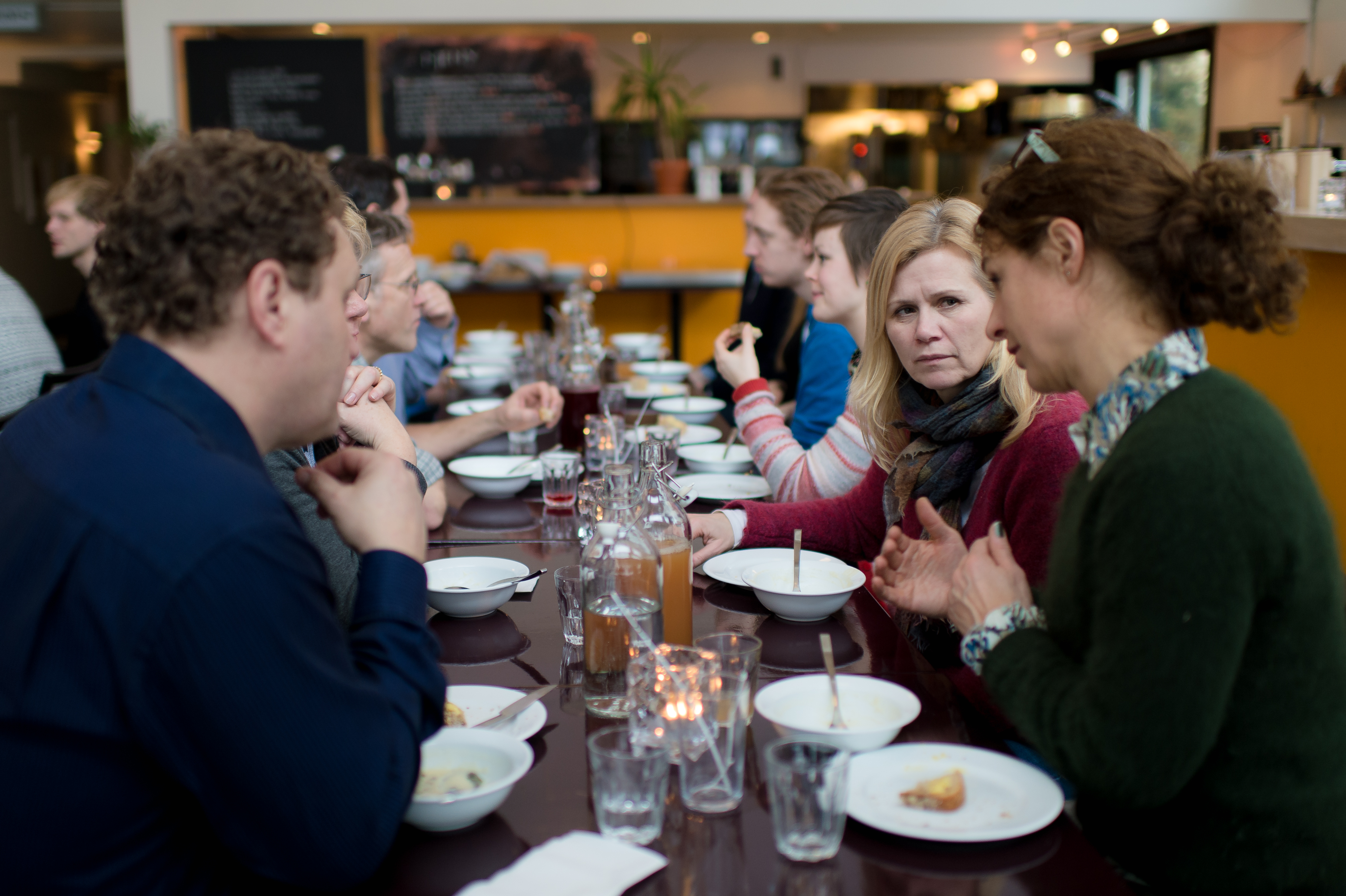Column
Close Ties
— Chefs & Farmers
Closer ties between chef and farmer
Fokhol and the neighbouring Alm Østre are among the farms seeking to join the network. Sitting beautifully on a hill at Stange, South of Hamar, Fokhol is an old farm which has been doubling as a home for the elderly and a guesthouse. Today, it is a place where young would-be farmers can work as interns, learning about husbandry and farming according to biodynamic principles.
15 per cent organic by 2020
Nofima’s network project Kokken og bonden (The Chef and the Farmer) is aiming to enhance communication and collaboration between restaurants and organic/biodynamic farmers. The main goal, set by the government, is to increase Norwegian production of organic food to 15 per cent within 2020.
– We think this network will be of value to both parts. Farmers need to know more about what restaurants want. For cooks, it is inspiring to see how the farmers work, how their produce is made, says Nofima’s project leader, Therese Hagtvedt.
Stange – a natural place to start
Kokken og bonden started as a collaboration between Norwegian food research institute Nofima, the national County Governor project ØQ and the Food Studio network. The goal is to create organic and sustainability awareness among cooks – an awareness that might be shared by restaurant guests and taken by farmers as a signal that producing organic food is worth the effort. It was natural to start up the project in Stange, since the area is already a stronghold for organic agriculture.
– We got in touch with seven farmers from Stange with extensive experience in organic and biodynamic farming. We also have ten Oslo restaurants where chefs are interested in using organic ingredients in the food they serve. The mere fact that they get around to meeting each other can be a good start for further cooperation, says Therese.
Planning required
Inside the barn at Fokhol, the cows have just been milked and fed. Their fodder mainly consists of hay with some fermented grass and swede. At Fokhol, they also produce their own organic concentrate. This is a natural part of the cyclic thinking in biodynamic agriculture: The Livestock fertilises the ground, and gets back some of the produce as fodder. In addition, all demands for organic farming must be kept: No chemical fertilisers or pesticides, no artificial or soya-based concentrate. The root cellar is in an adjoining barn. All Fokhol’s root vegetables are kept in store here for the winter – large crates are filled to the brim with swede, carrot, parsnip, beet, potatoes, cabbage and pumpkin. According to farmer Rune Myrseth, the right temperature requires good planning in advance.
– We need to get the lowest possible temperatures within the stone walls in order to keep it cold here throughout winter, he says. The vegetables still look fresh and crispy, and the visiting cooks are happy to pick a sample to bring back to town.
On the cook’s homeground
– Welcome! Please have a seat, says Ole Torsvik, head chef at the restaurant by Kunstnernes Hus in Oslo. Two weeks have gone since our visit to Fokhol farm. Now, the farmers have been invited to the city as guests, and are enjoying a delicious celeriac soup.
It is already obvious that the previous meeting has been fruitful for many. Across the table there is a lively conversation, and many deals have already been struck. Networking is an important asset, not least for farmers who want a more secure economy.
Difficult distribution
The challenges have also been materialising. Nofima’s Therese Hagtvedt has a clear impression that logistics represent a bottleneck for the farmers.
– We see that this is were the main challenge is located. Logistics are an expensive and complicated matter, and it makes direct contact more difficult, she says.
There is still hope, however. More entrepreneurs have started seeing the need for a better distribution network capable of serving small-scale farmers in direct dialogue with restaurants. Foodmrkt is one of these entrepreneurs – a new company looking for solutions to cut costs and time.
– What we want is to make an internet-based service for small-scale producers and for wholesale customers who care about local produce. Within this service, a restaurant cook can place a detailed order through a network. The farmer who can provide the produce in question, picks up the order, and we make the delivery, says Snorre Paulsen, head of communications at Foodmrkt. The company wants to facilitate both ordering and physical distribution.
Ideas such as Foodmrkt have already gained attention among restaurants in the cities. Karla Siverts, head chef at Smalhans in Oslo, has made an appointment to meet the people behind Foodmrkt to see how such a network may work for them.
– This sounds exciting, an it is valuable for us to collaborate with local farmers in possession of the right awareness and attitudes. Not least it is a good thing to be able to tell our guests exactly where the food comes from, she says.
Facts: Økologiprogrammet (The Organic Programme)
Administered by the Norwegian food research institute, Nofima, The Organic Programme is one in a series of efforts to increase production of organic food in Norway. The programme aims to help organic farmers developing their products – and to provide knowledge, education and inspiration to restaurants, institutional kitchens, schools and kindergartens considering to increase consumption of organic food. Nofima is a national provider of knowledge and resources in the fields of refining, development and preparation of organic food. We cooperate closely with other national institutions, such as Bioforsk Økologisk, Oikos, Matmerk, Debio, DIFI and selected Norwegian counties.
The Organic Programme is financed by the Norwegian Ministry of Agriculture.
Words by Kristian Krohg-Sørensen
Photographs by Monica Løvdahl
